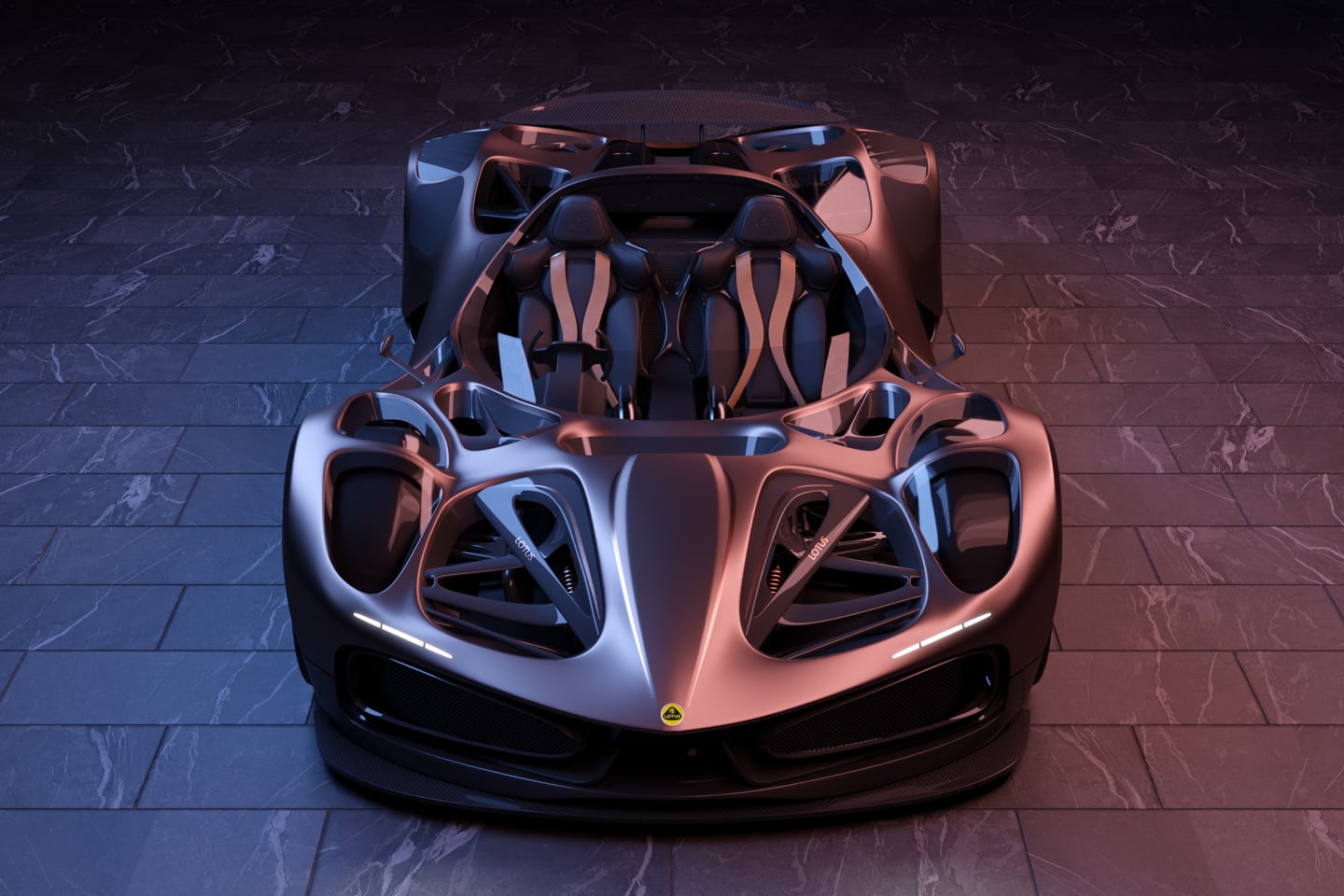
Why use extra material to make a metal or carbon fiber body for your car, when your chassis can BE your car’s body instead? Designer Maitreya Dhanak’s absolutely wild Lotus Evanora Concept treats the chassis as a design element, resulting in a speedster that’s both visually and physically lightweight. Not to mention the fact that it looks like an exoskeletal beast!
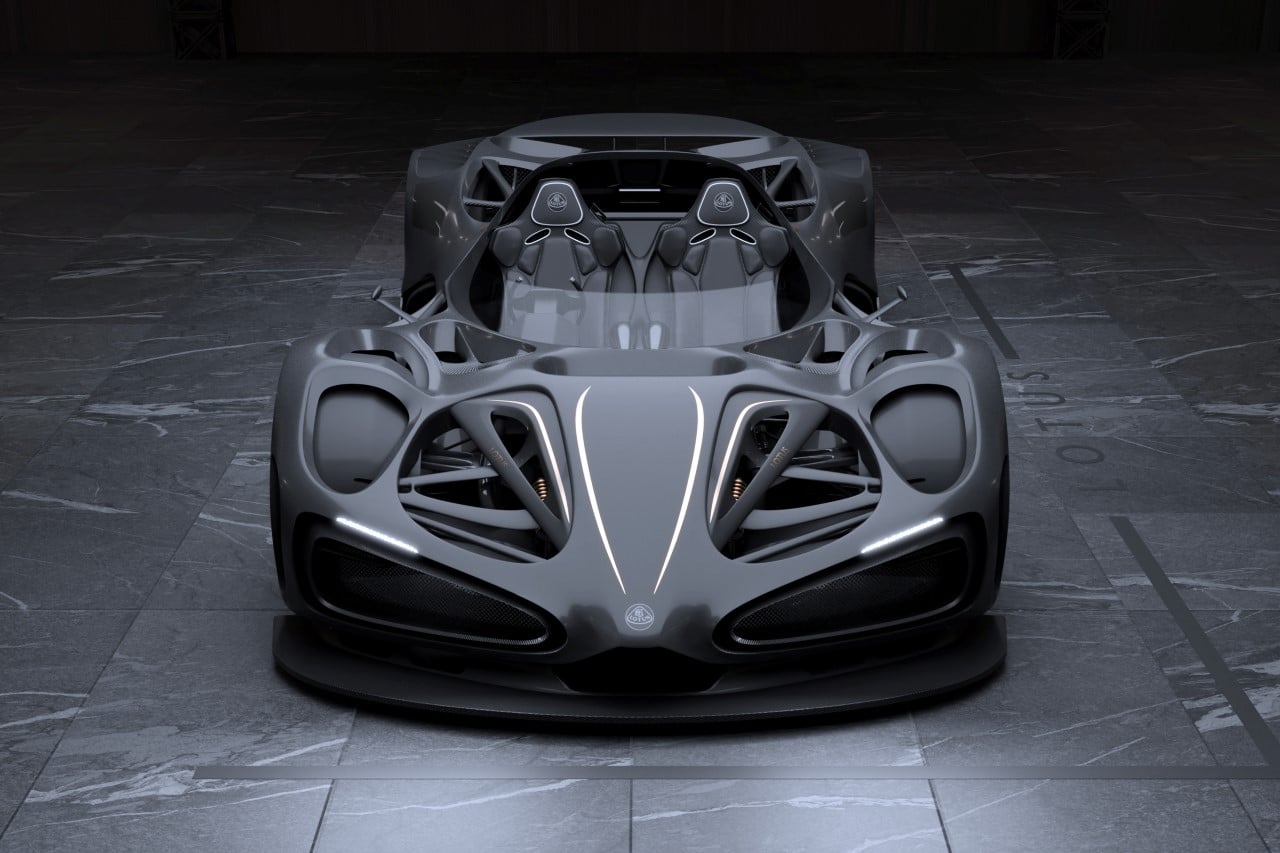
Christened ‘Evanora’ or Greek for ‘gift from the gods’, Dhanak’s concept falls in line with Lotus’ tradition of naming their vehicles beginning with the letter E. Dhanak’s approach towards designing the car deviates from the standard practice of taking a top-down approach. While most car designers have an internal framework pretty much ready, they always start with the outside and work their way in. Dhanak, on the other hand, designed an outer structure to complement the inner structure. The skeletal bodywork you see was designed to clad just the chassis, resulting in an aesthetic that’s quite literally as minimal as it gets. The results speak for themselves – since the body (made from carbon fiber) covers just the chassis and nothing else, it uses lesser material, and naturally creates pockets for air-flow, creating a car that’s light and airy both in perception and in reality!
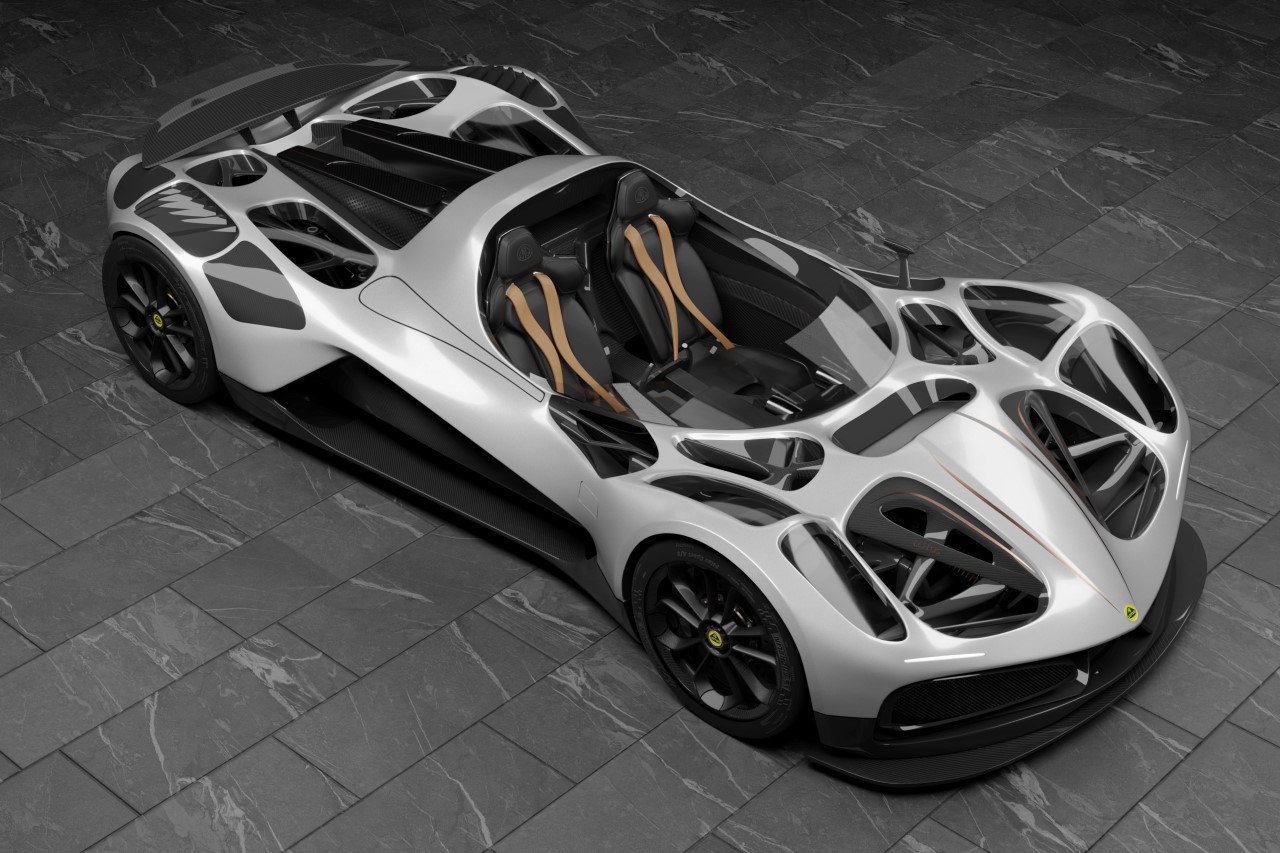
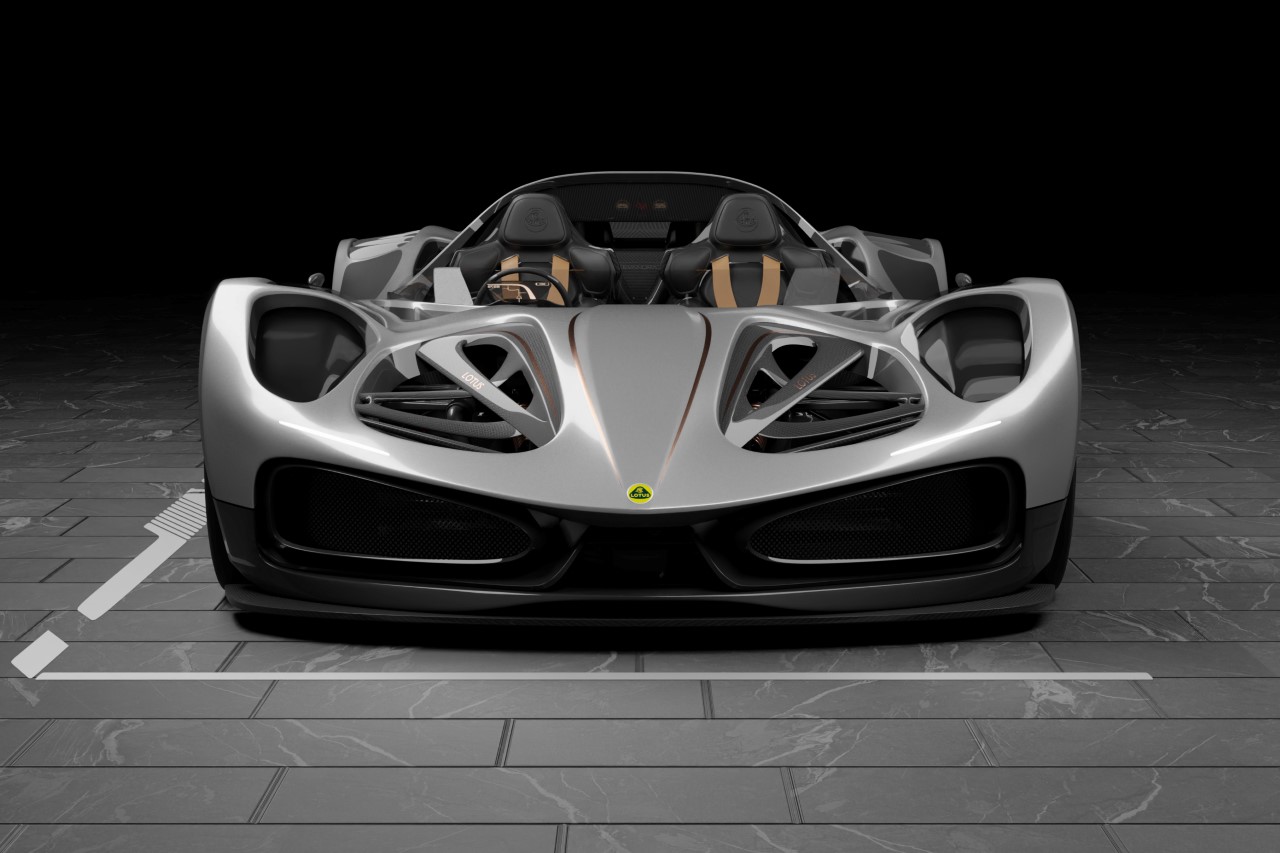
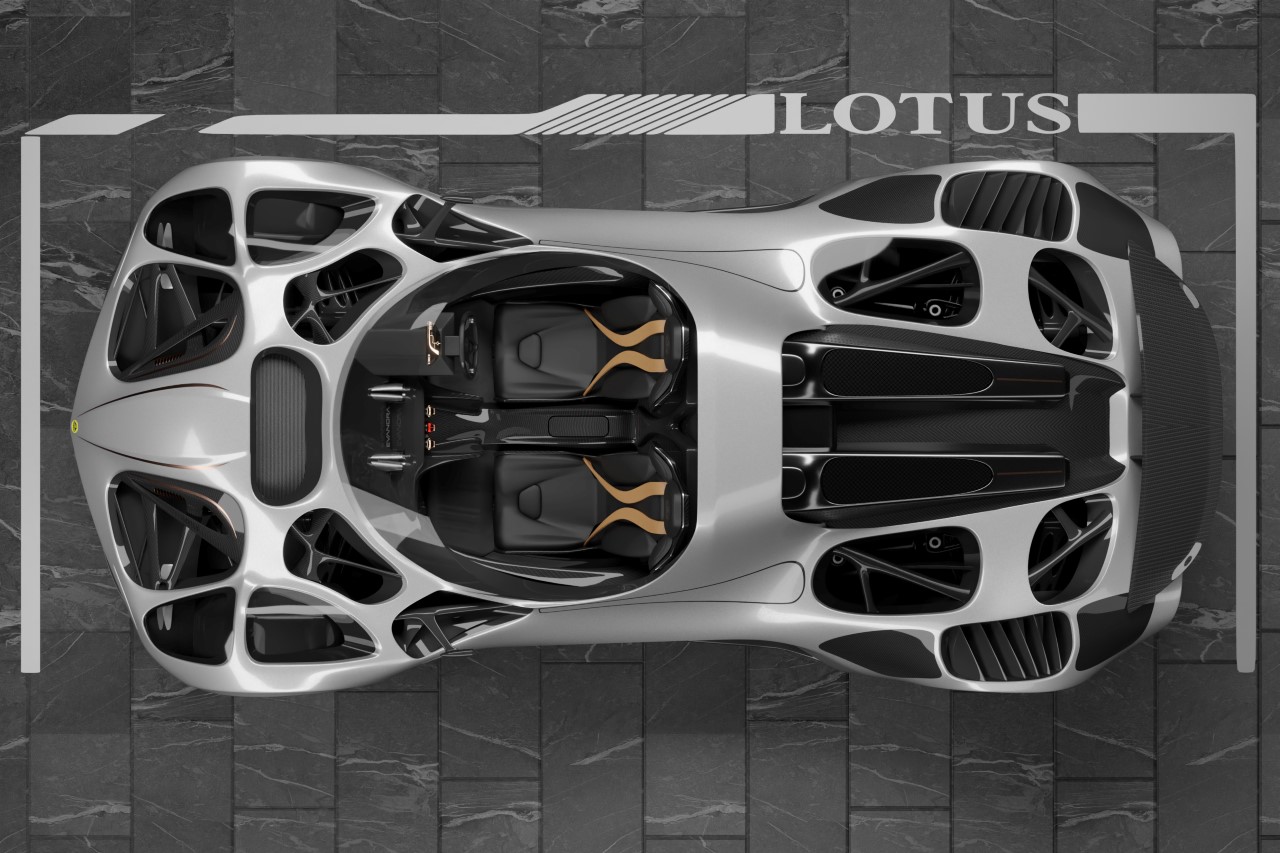
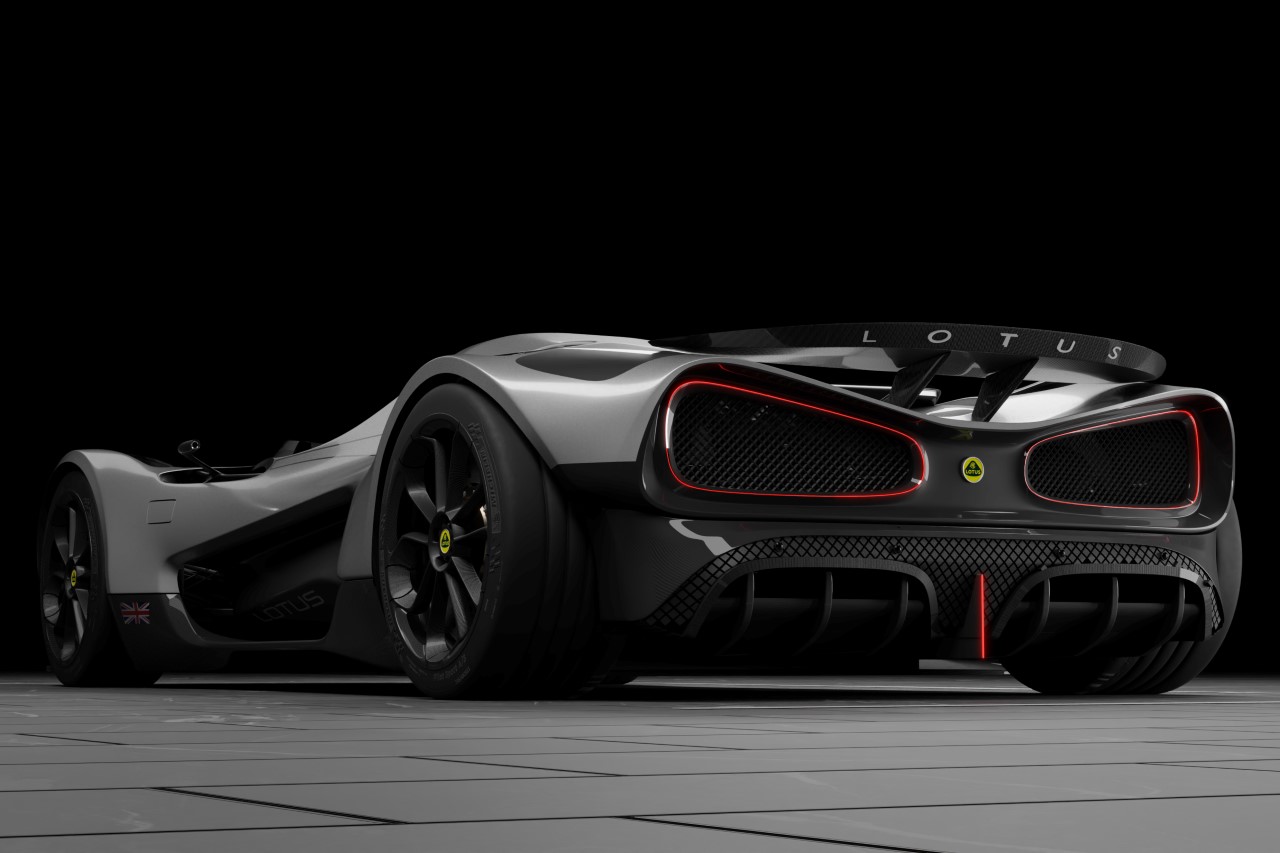
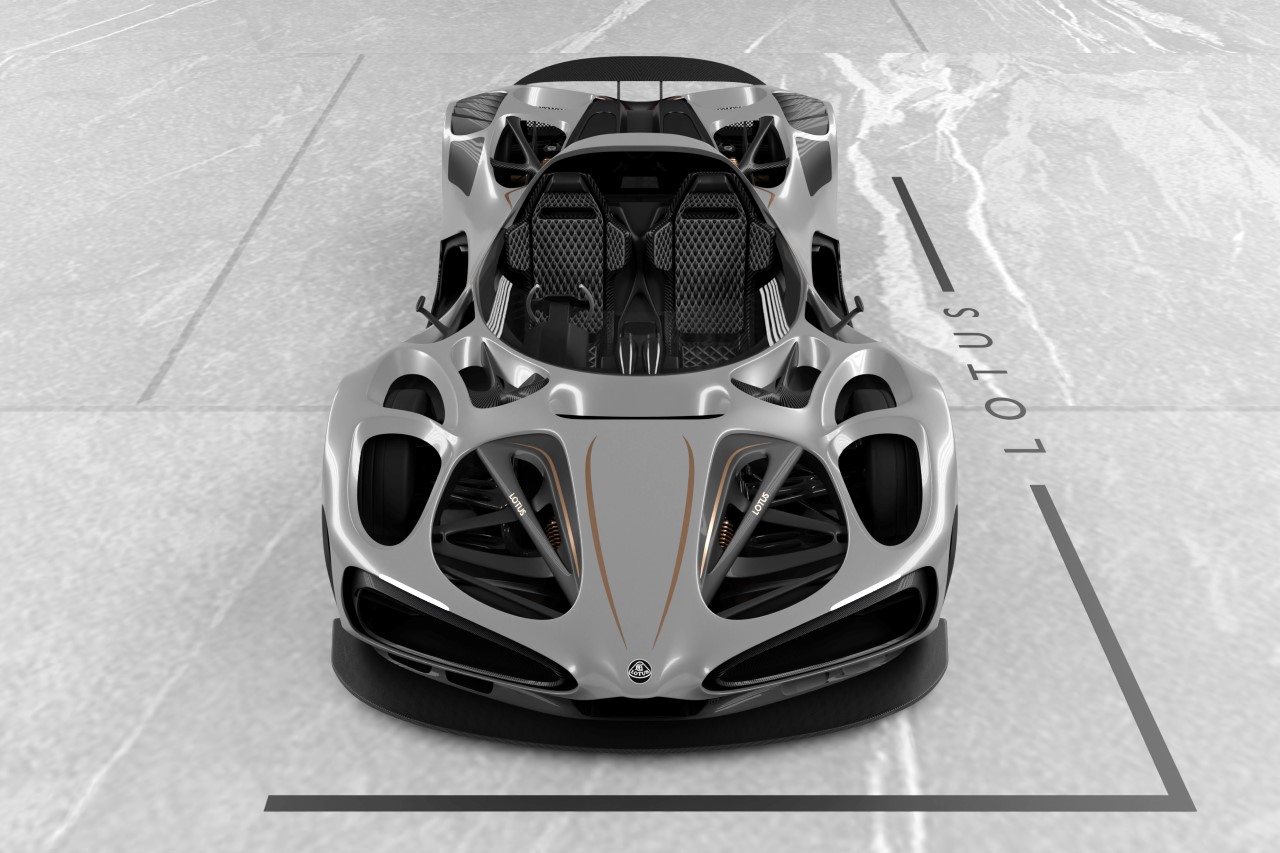
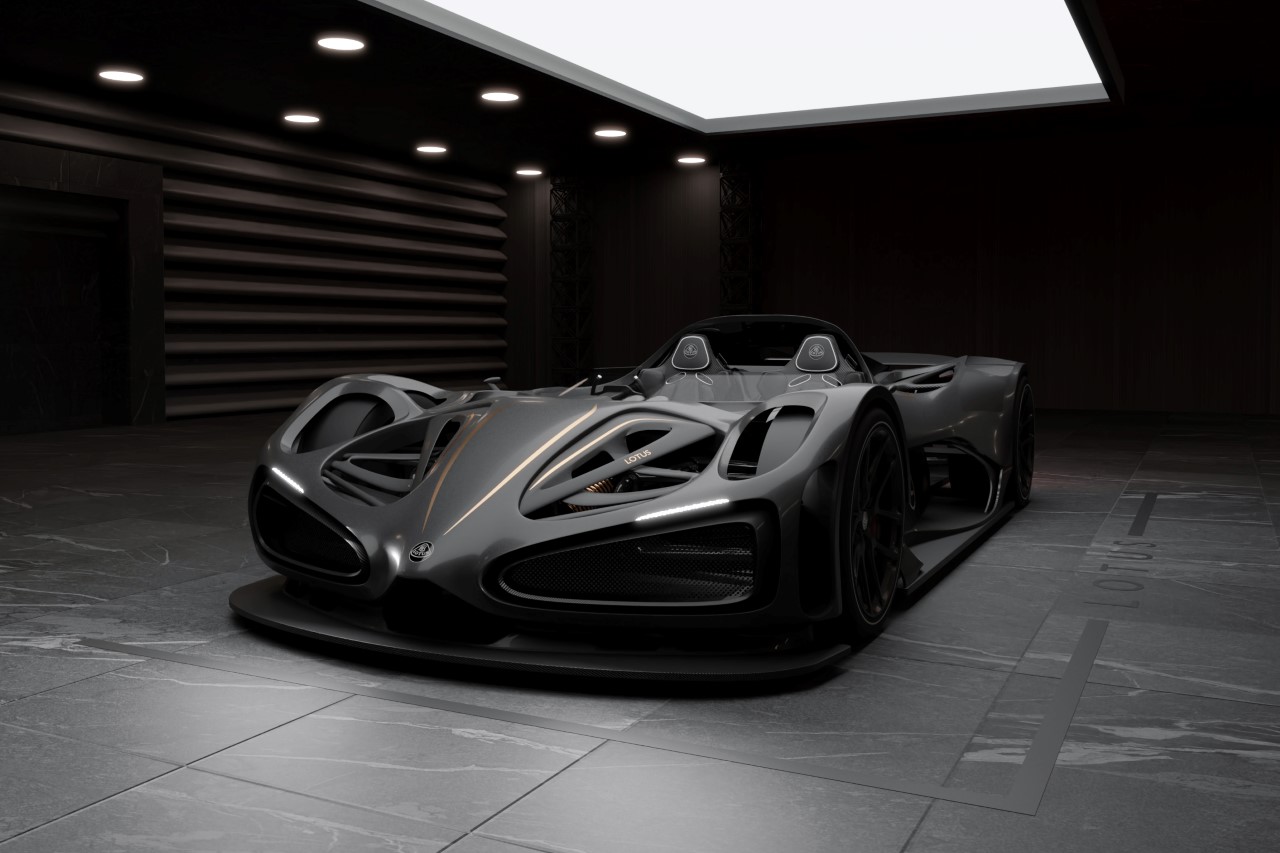
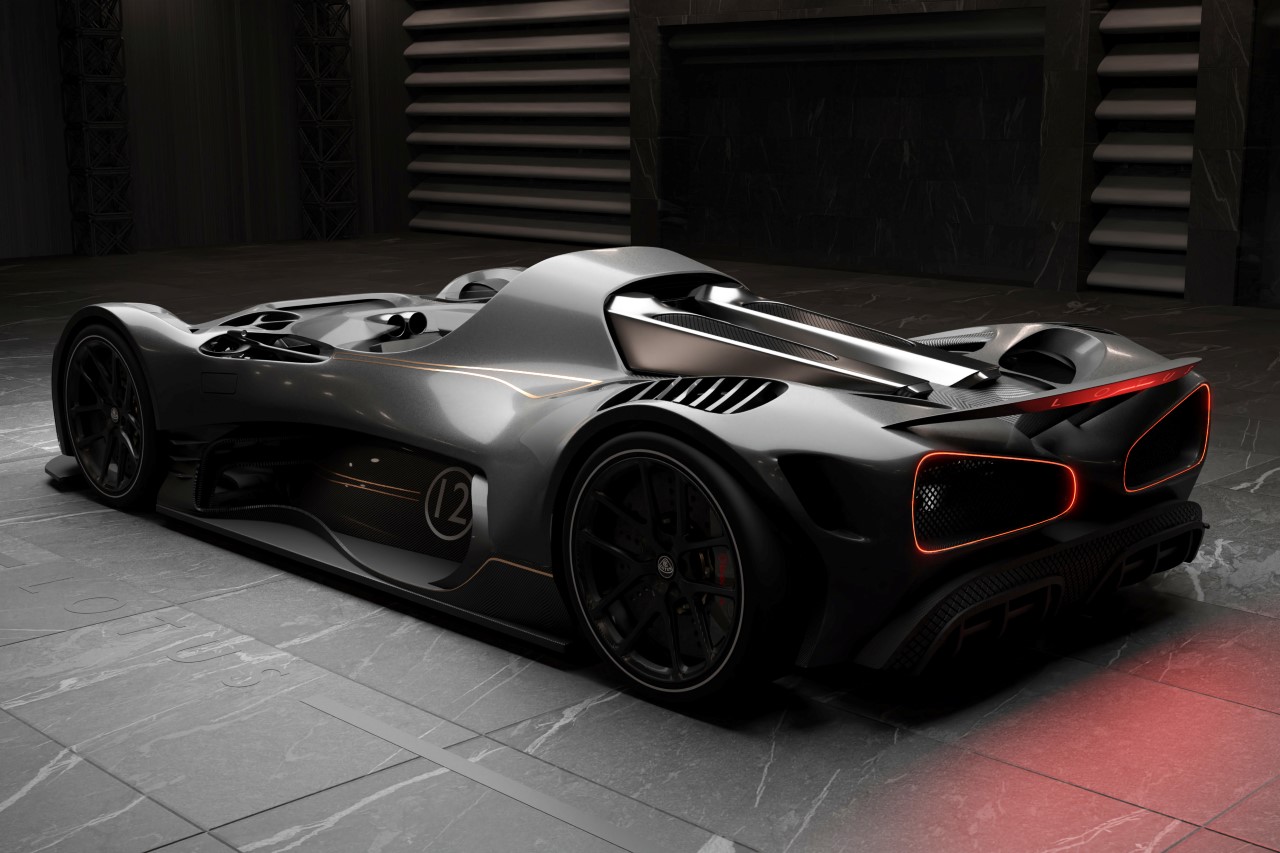
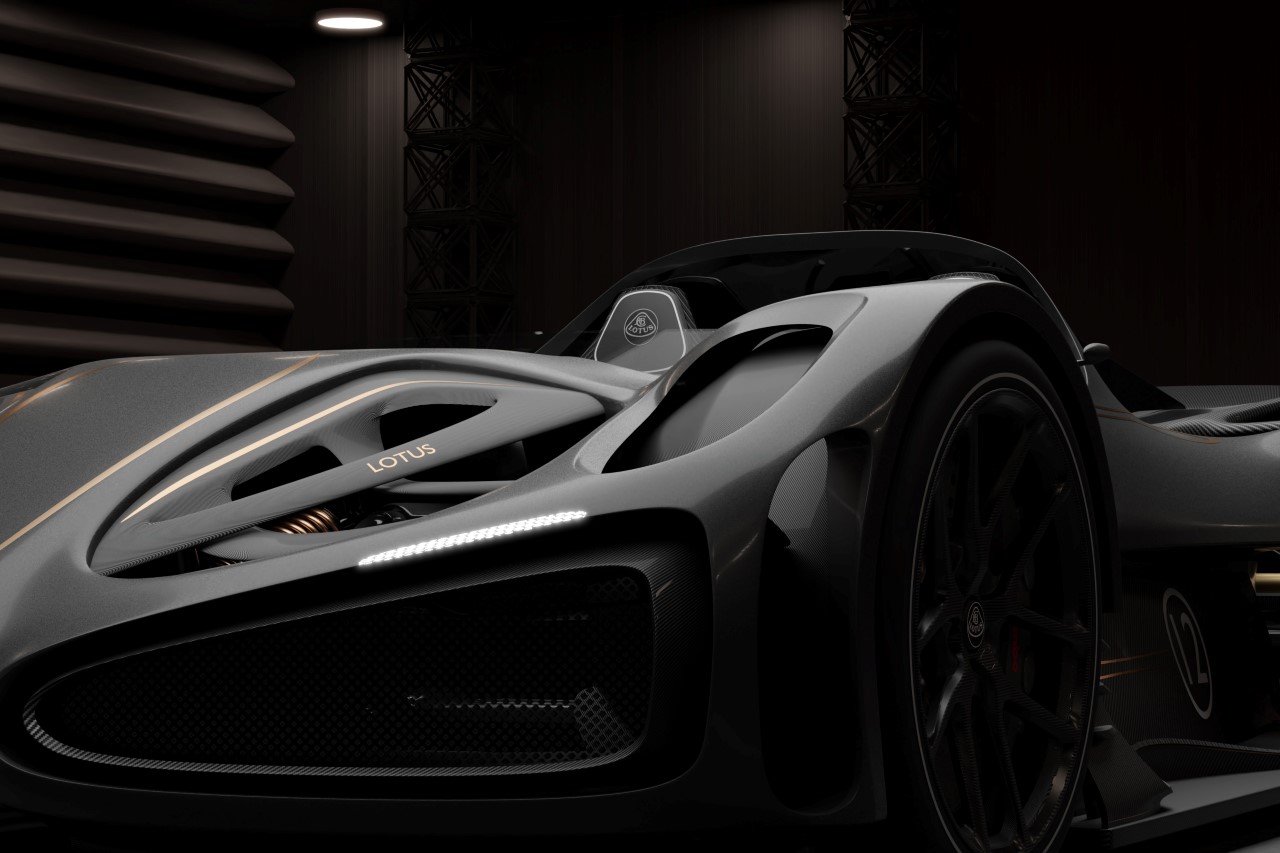
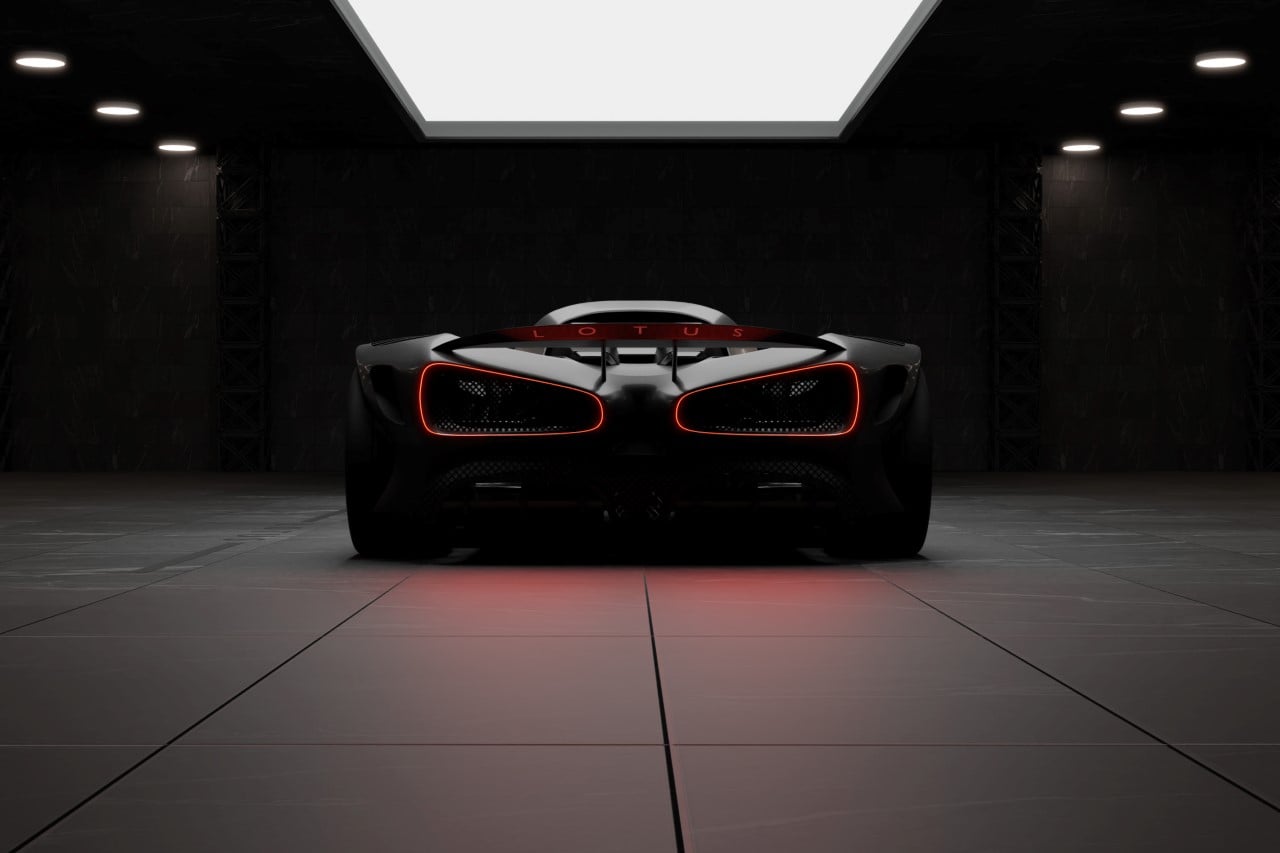
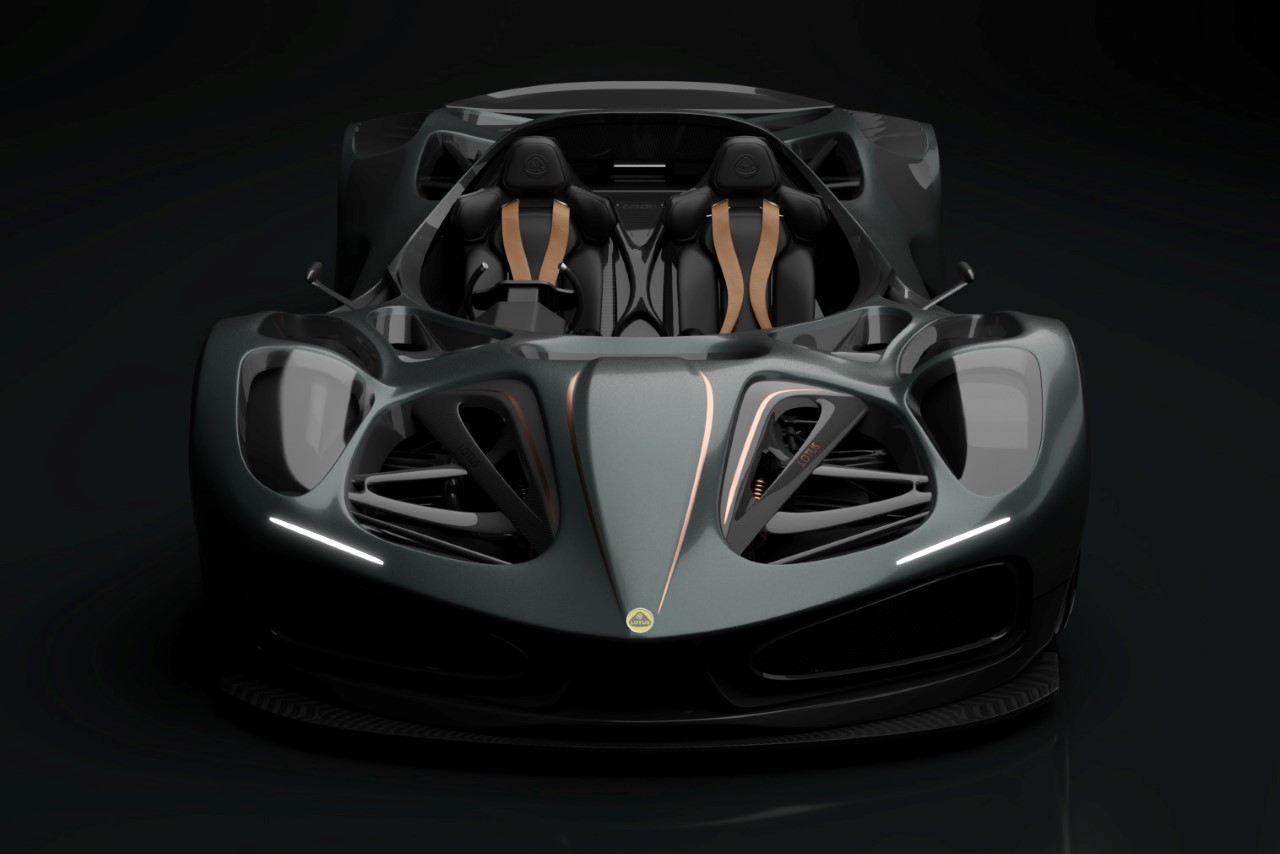
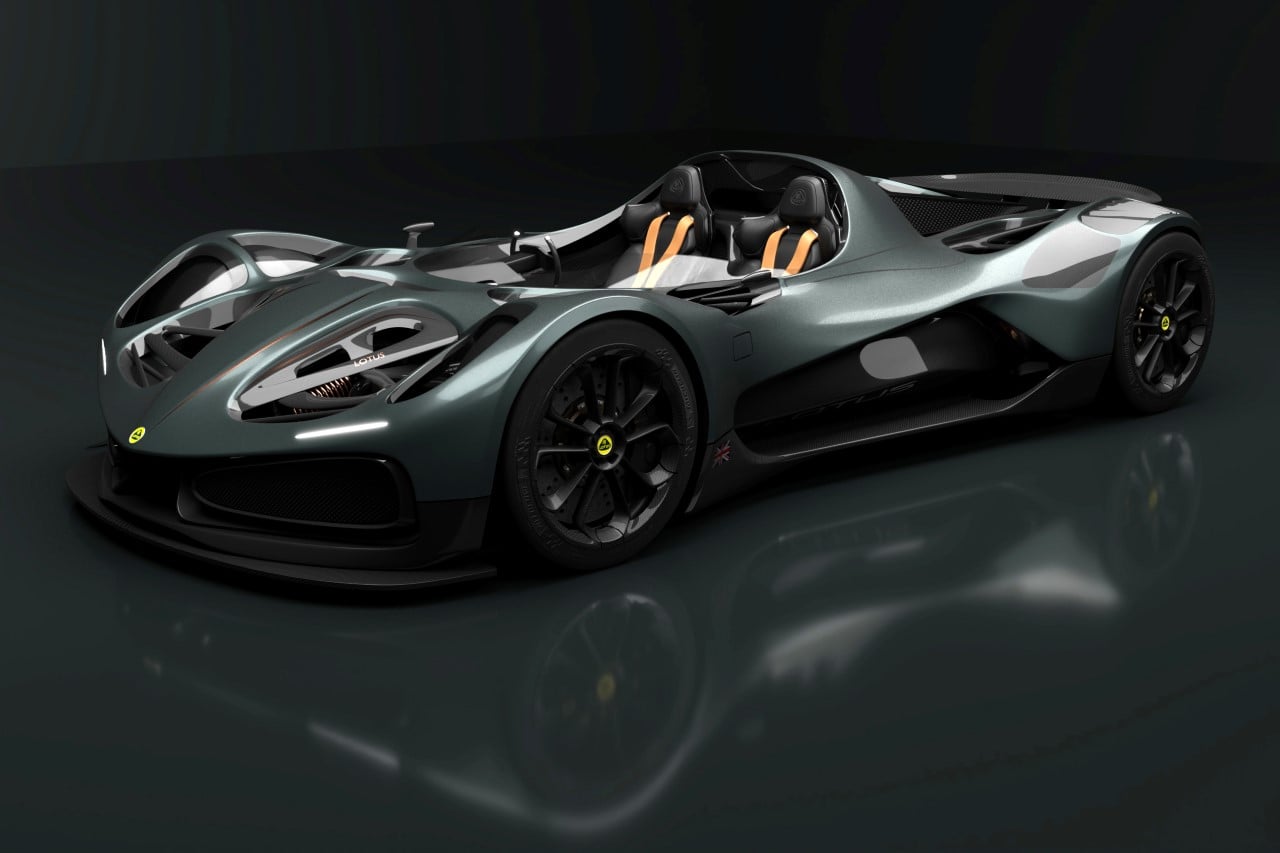
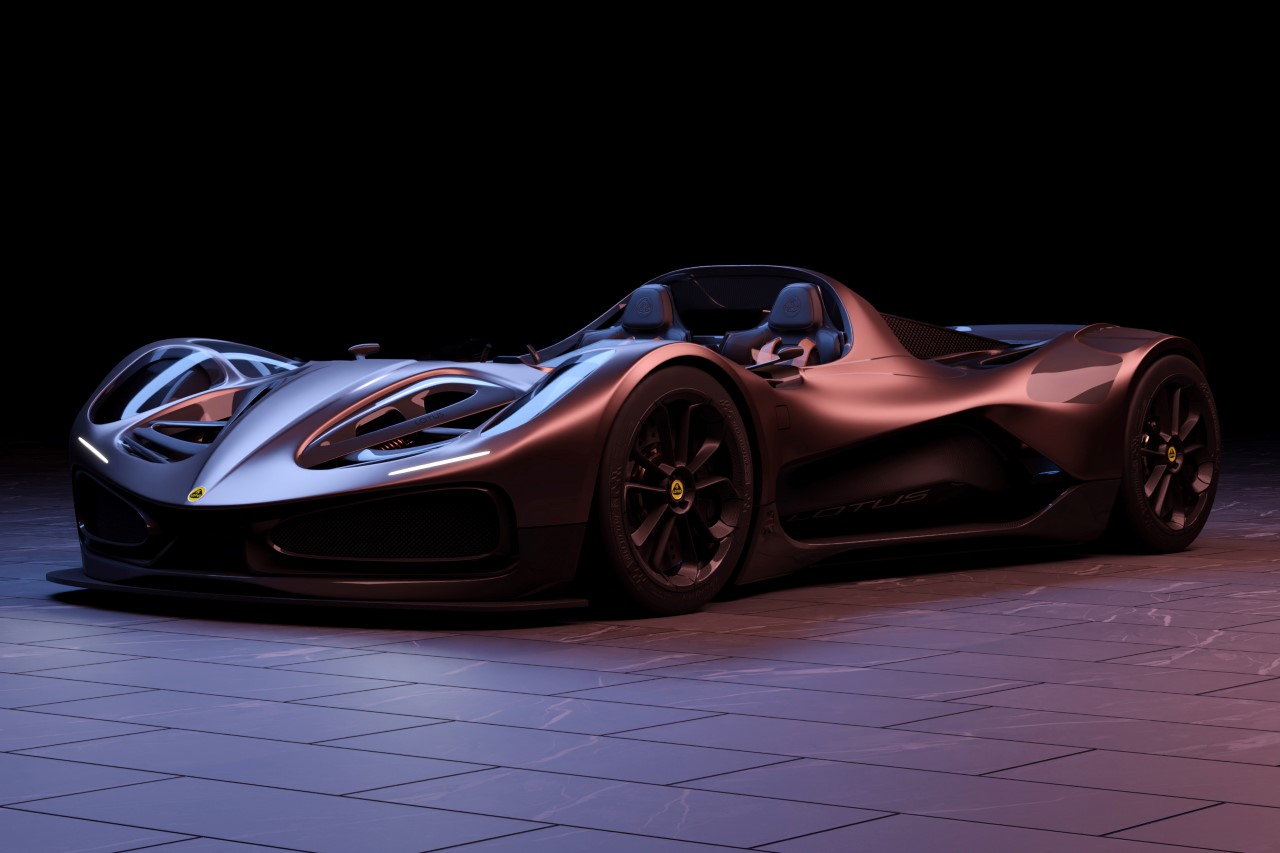
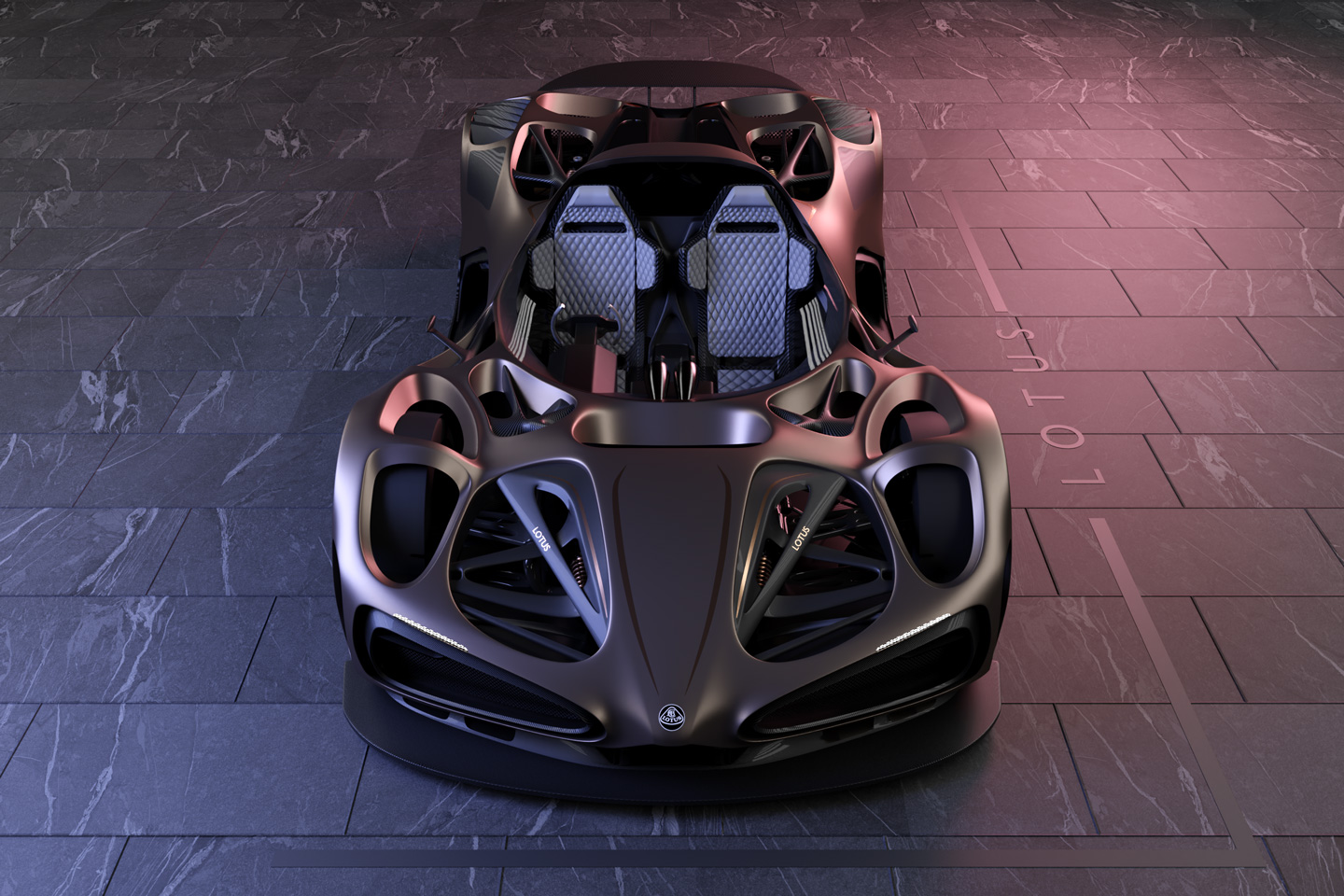
The post Stunning Lotus concept EV turns the chassis into its primary outer design element first appeared on Yanko Design.
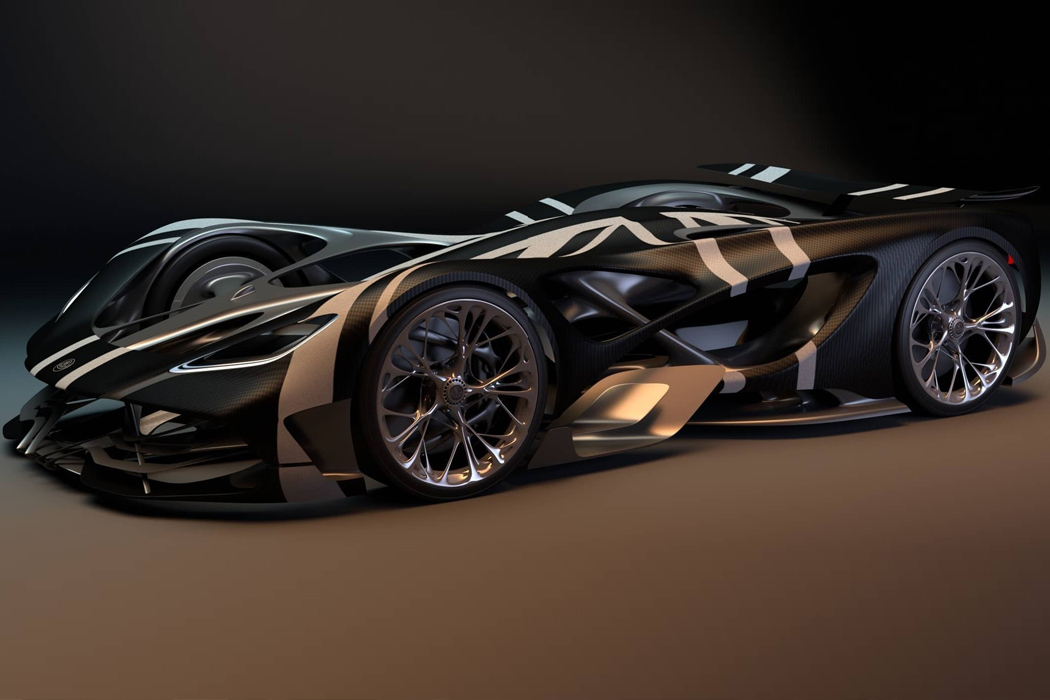
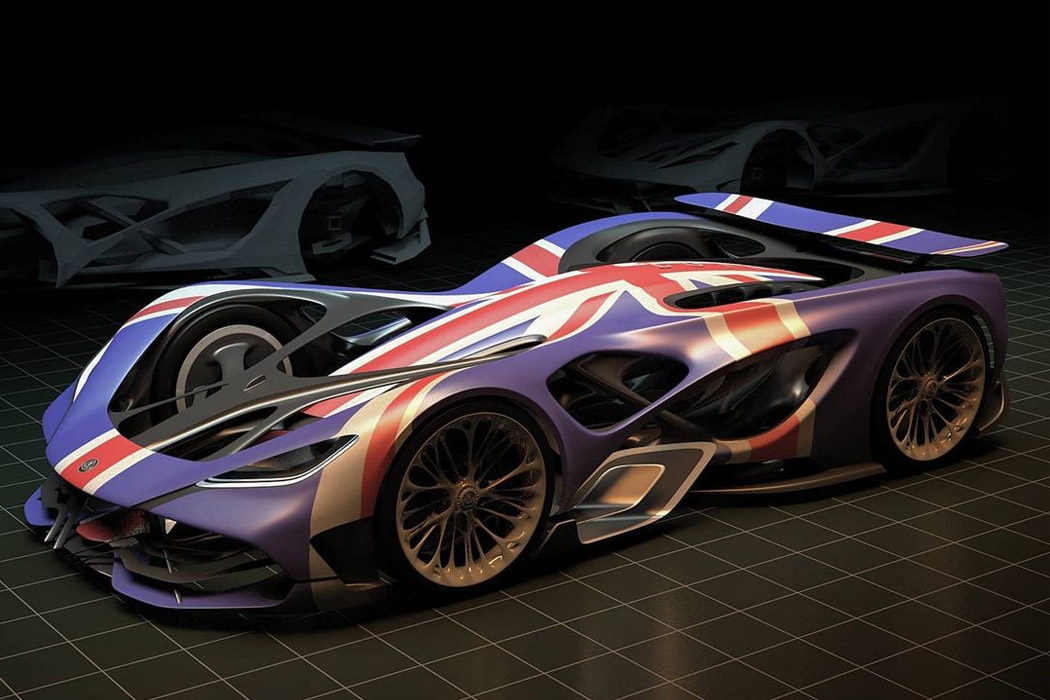
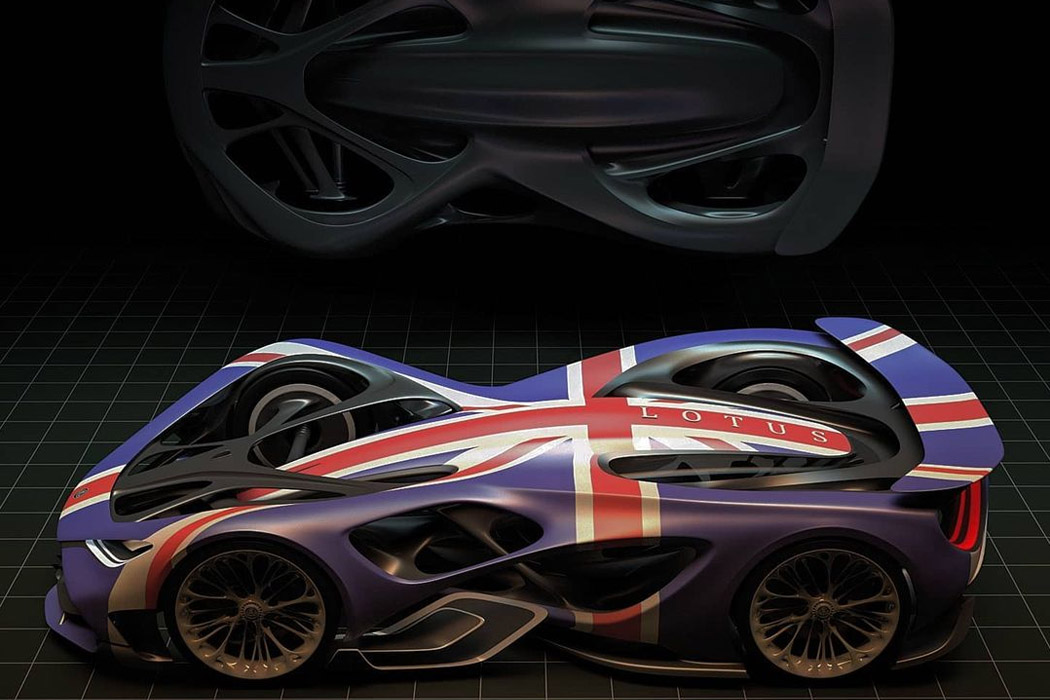
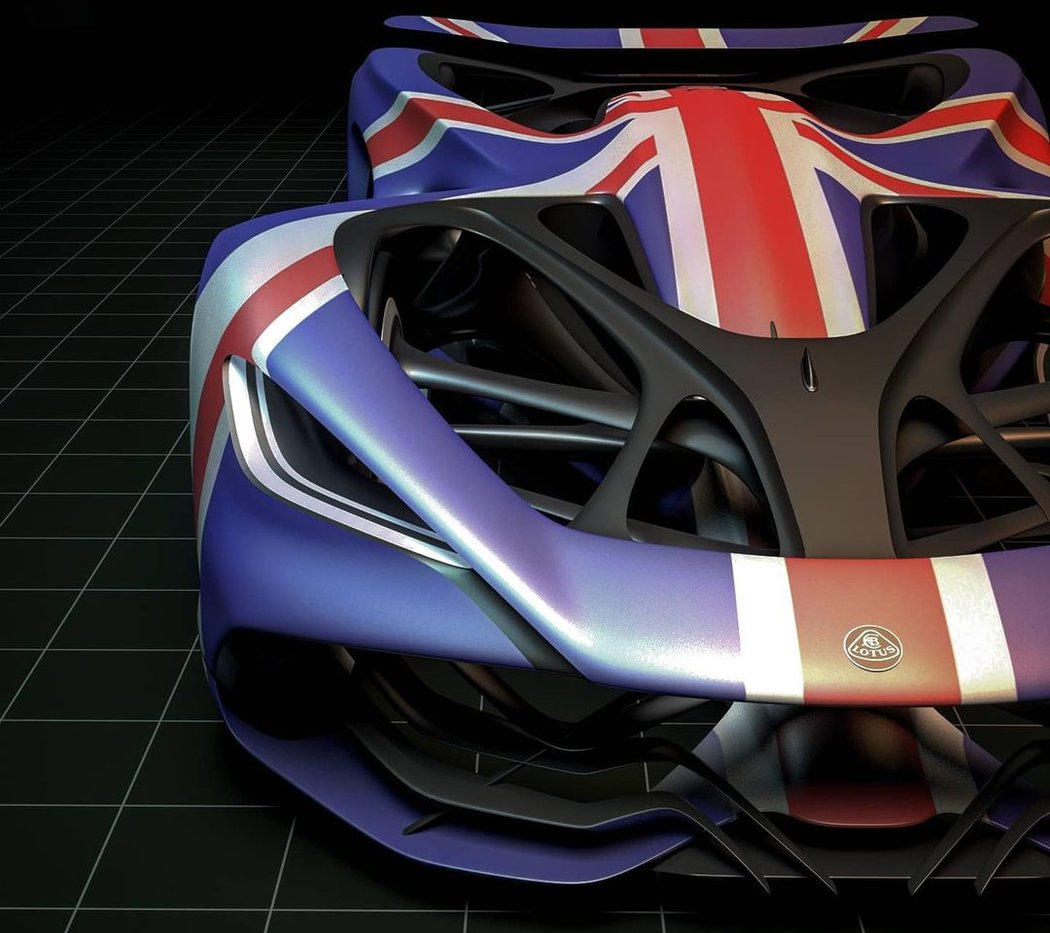
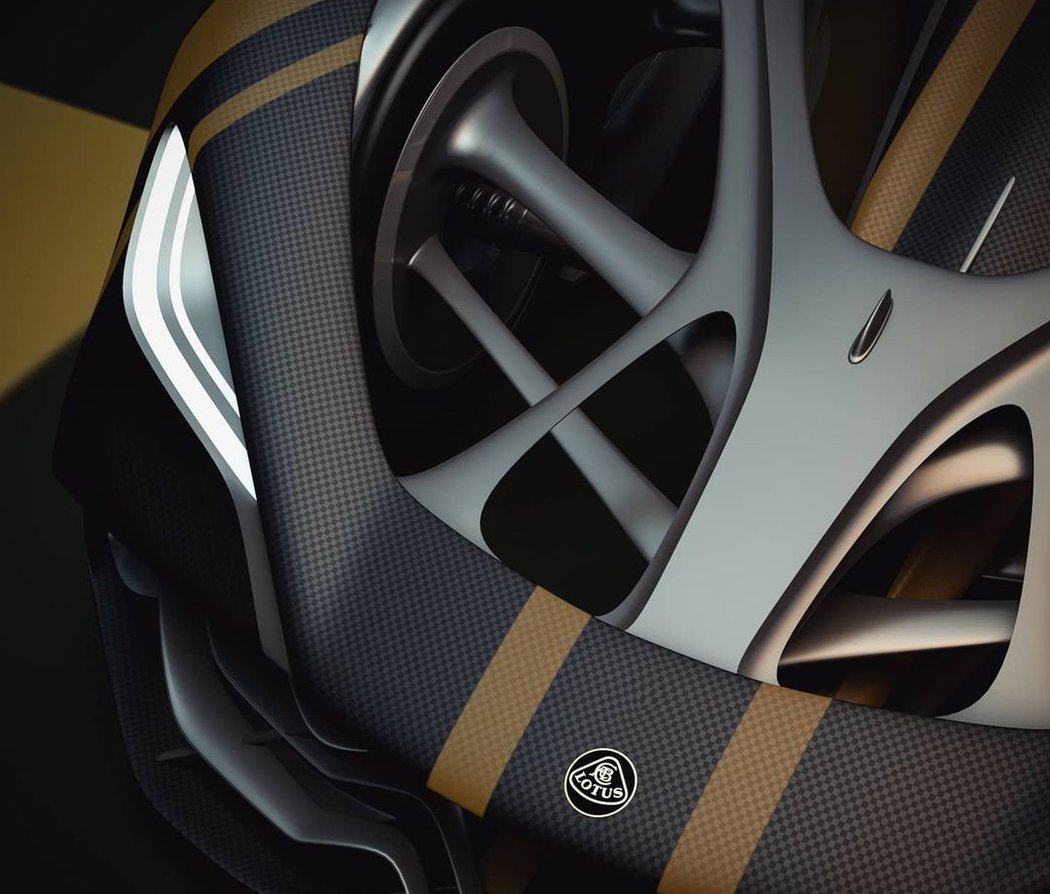
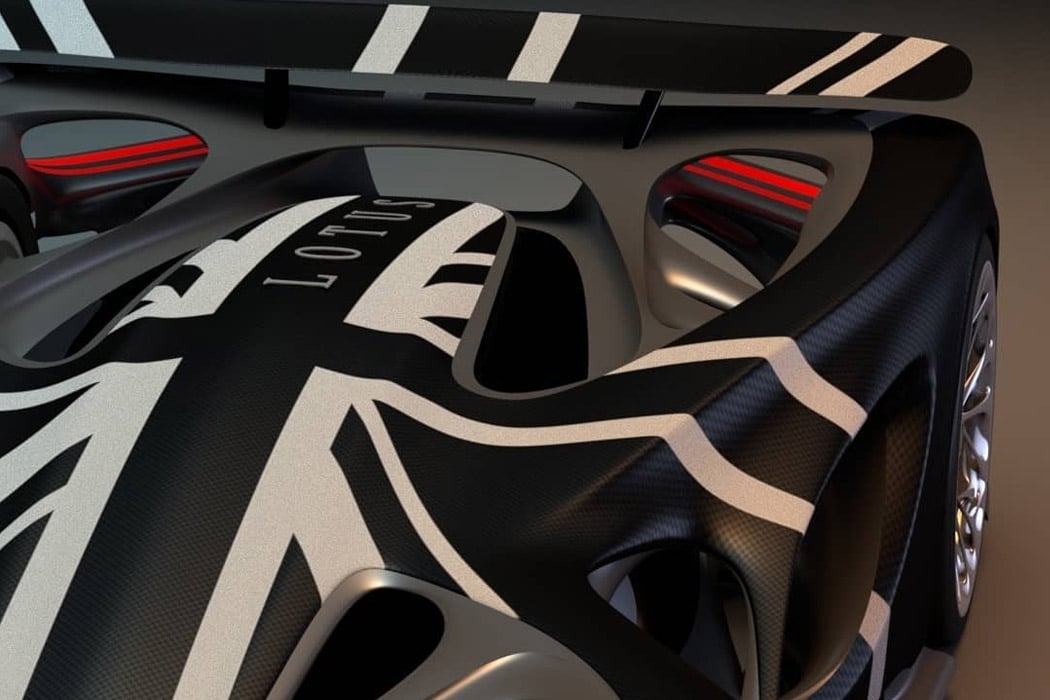
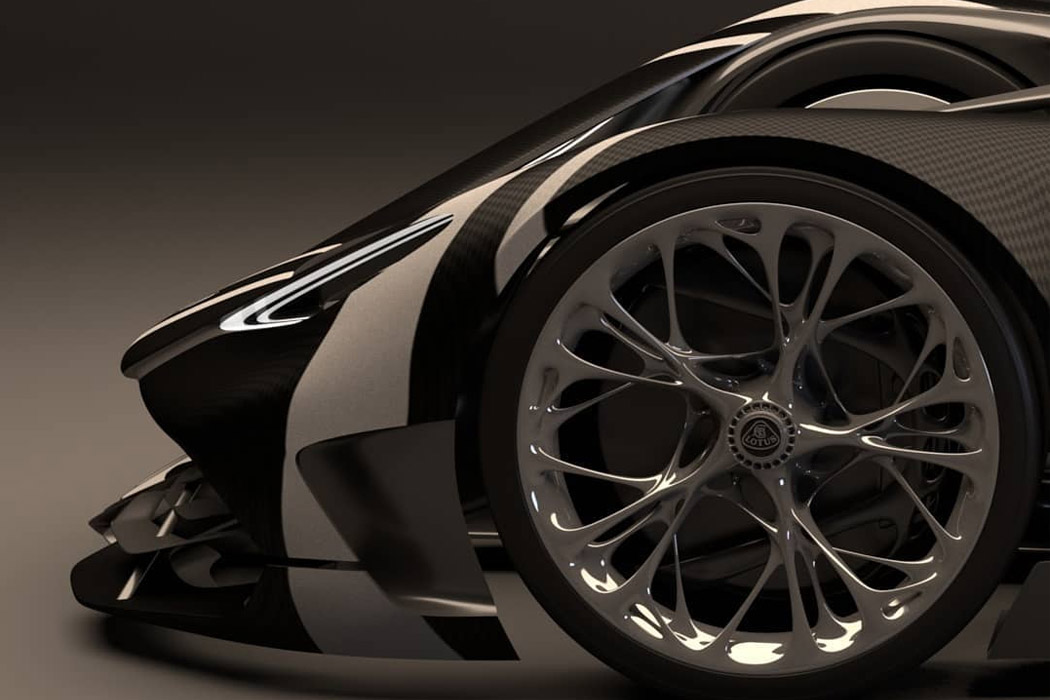
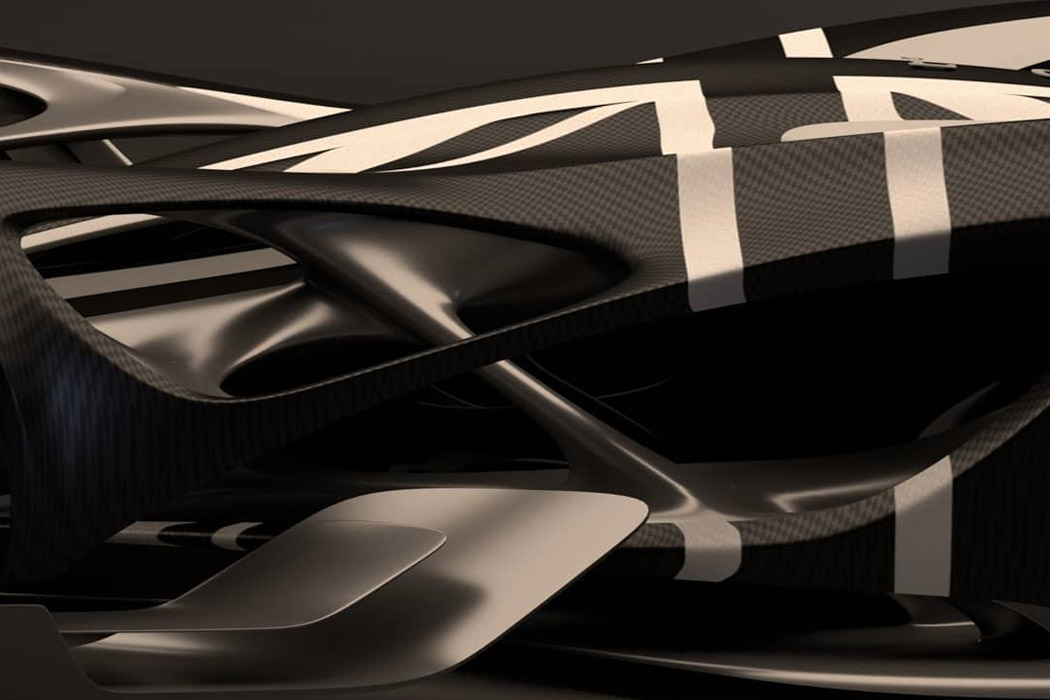
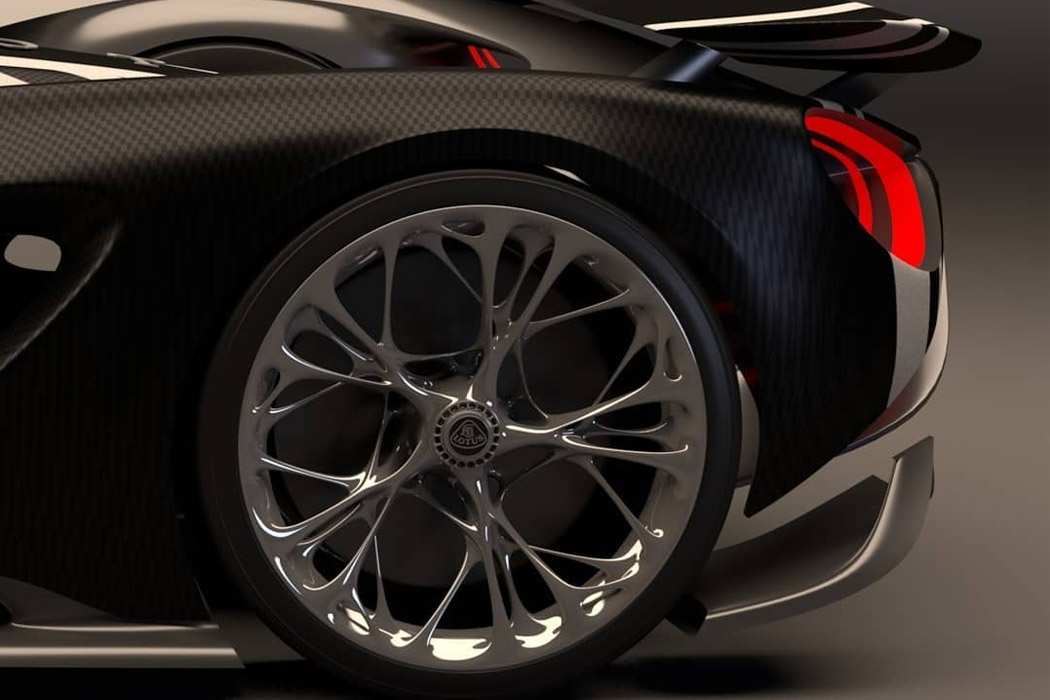
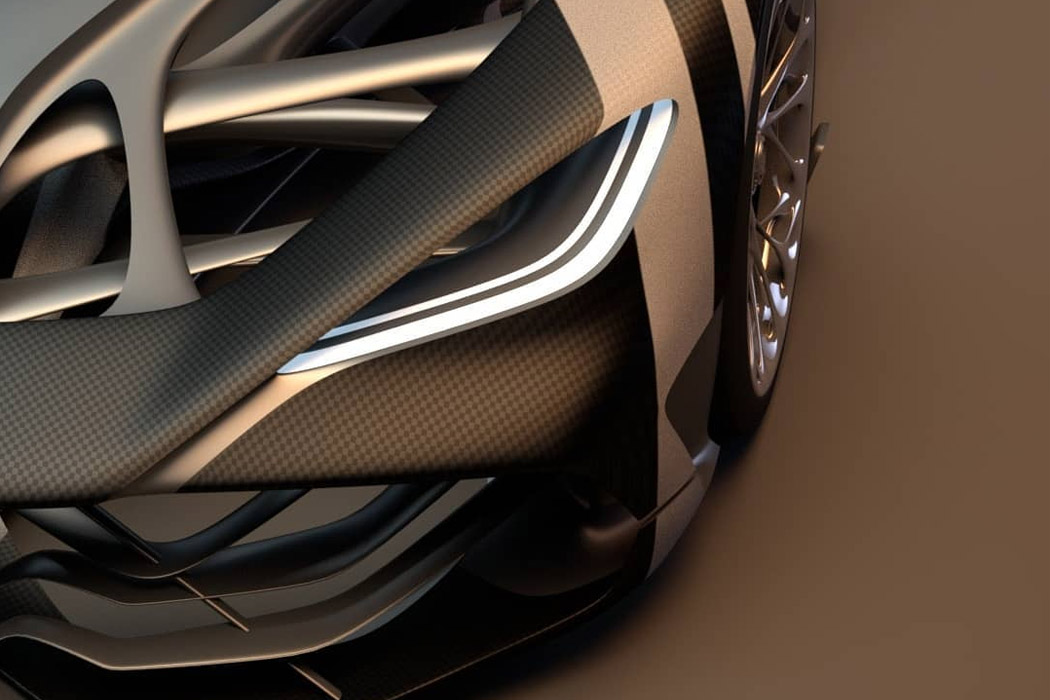
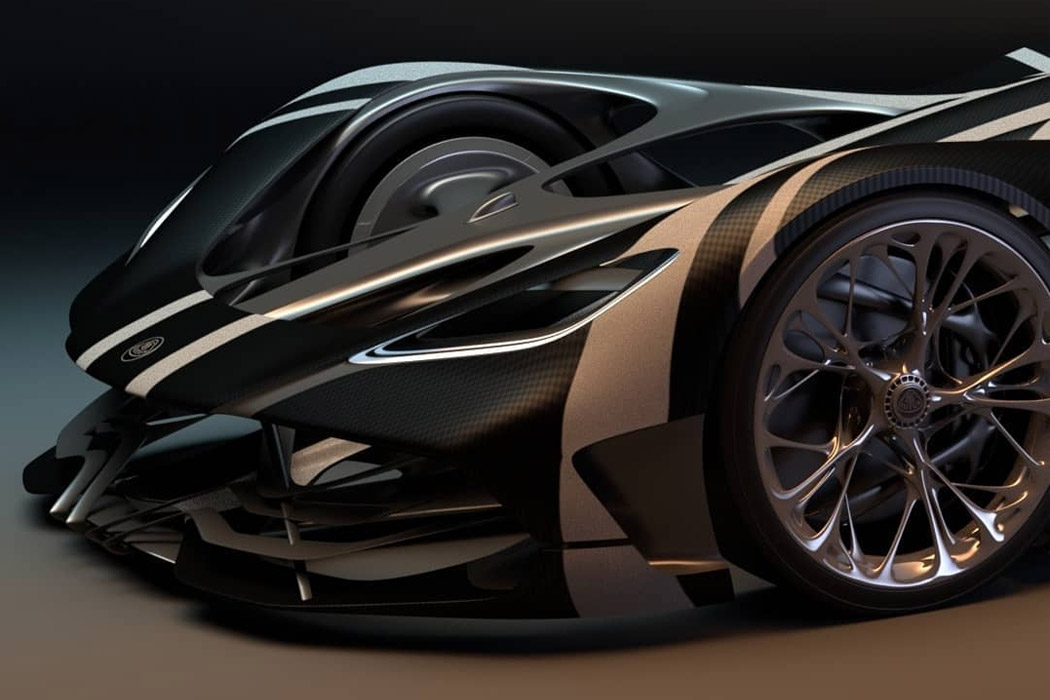
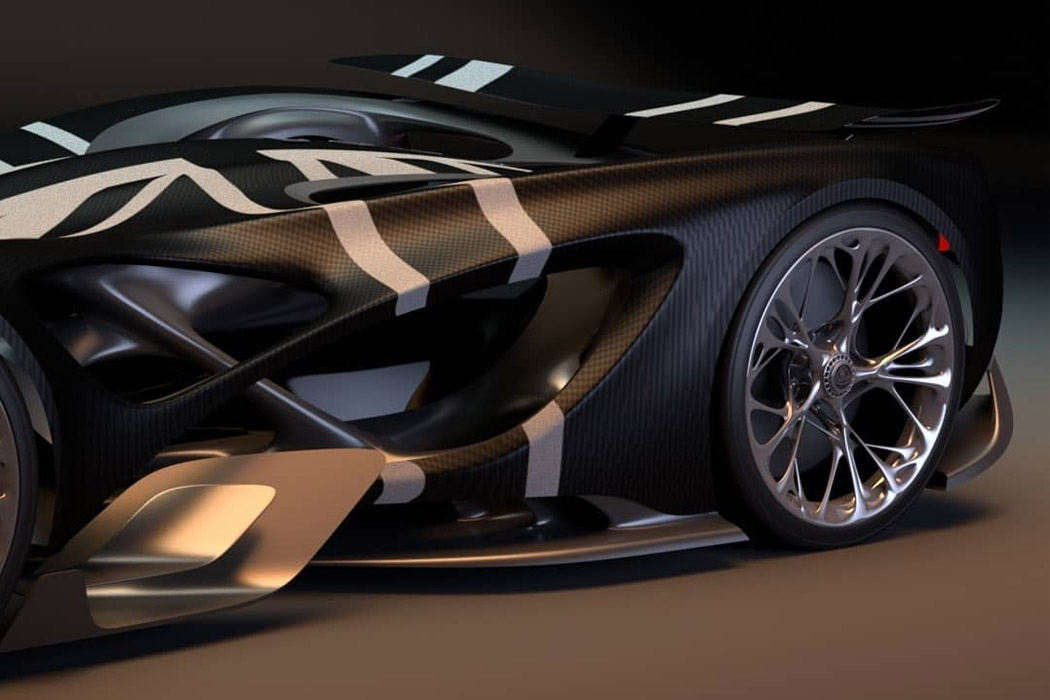
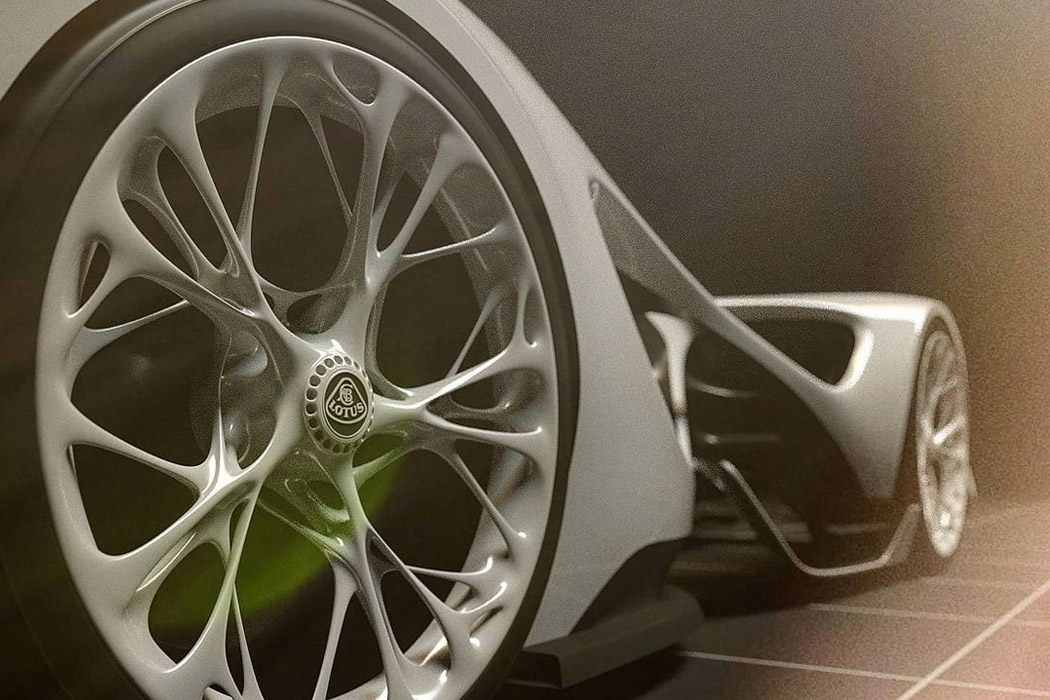
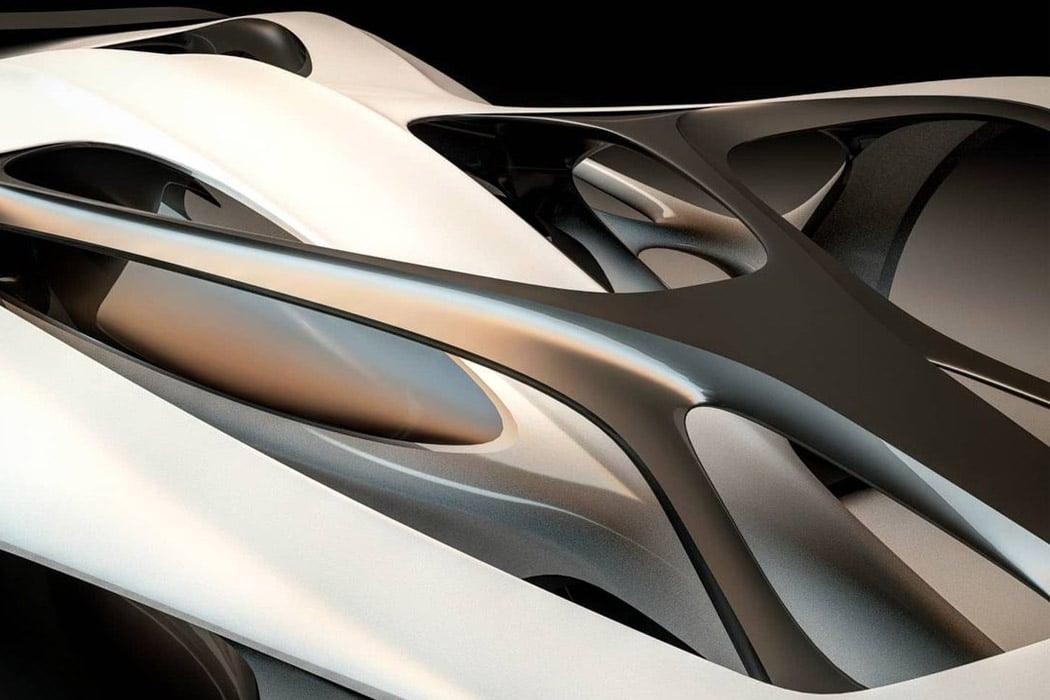
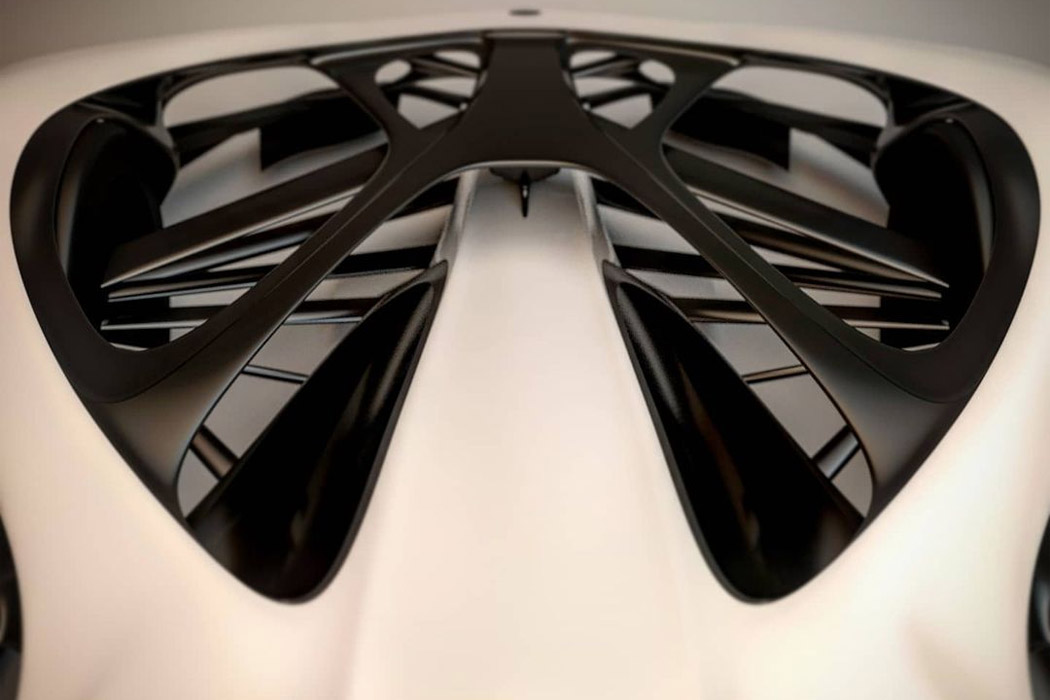
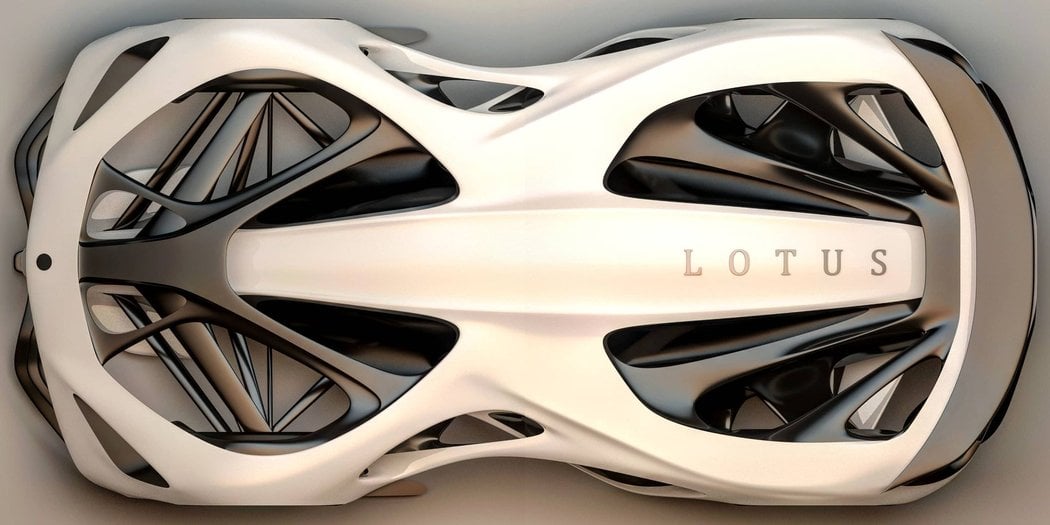
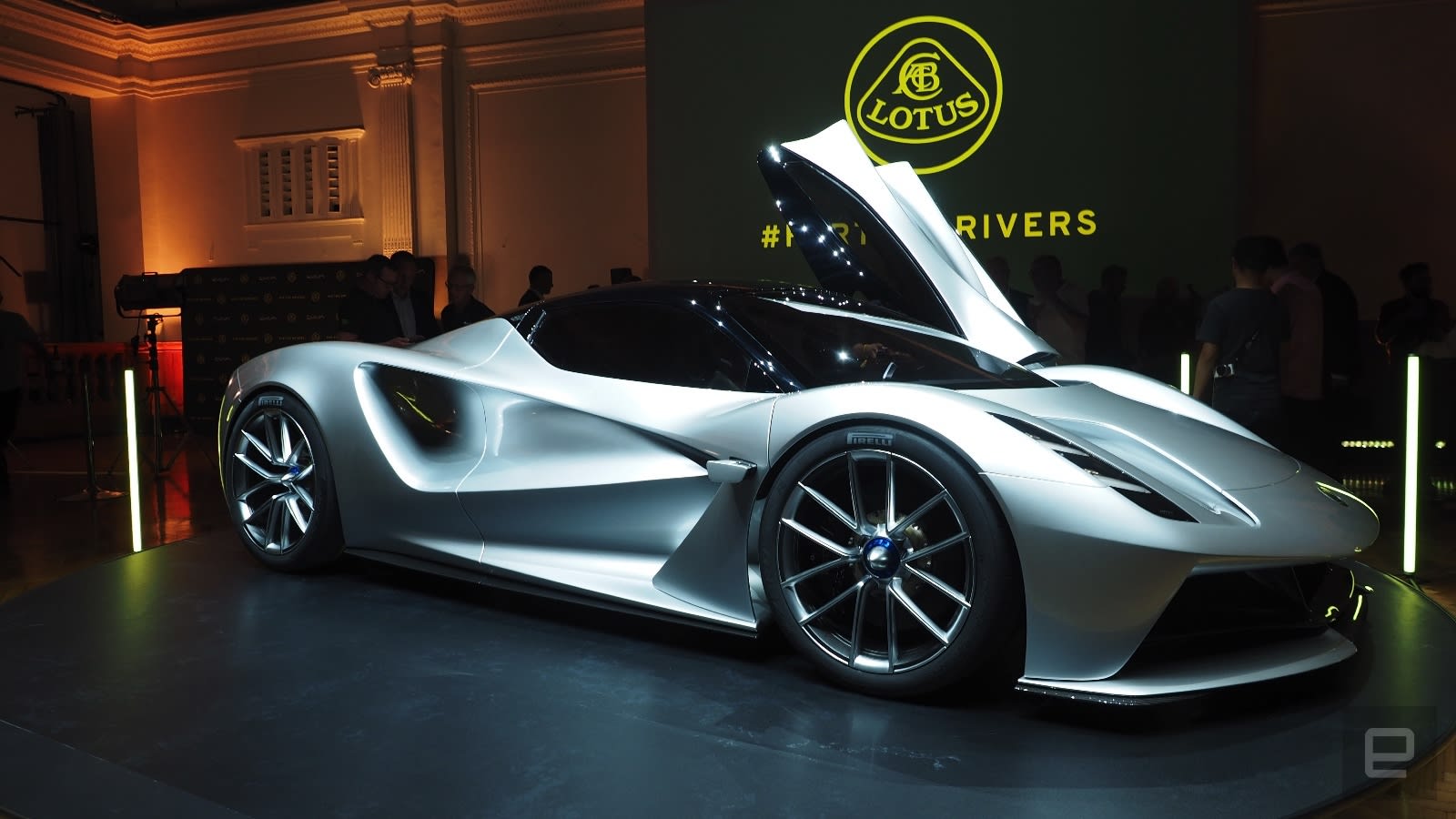 Did you stare at the Lotus Evija and wonder how anyone could justify an electric hypercar costing over $2.6 million, especially from a brand best known for far lighter and cheaper gas vehicles? Apparently, you had no reason to doubt. Lotus told Aut...
Did you stare at the Lotus Evija and wonder how anyone could justify an electric hypercar costing over $2.6 million, especially from a brand best known for far lighter and cheaper gas vehicles? Apparently, you had no reason to doubt. Lotus told Aut...
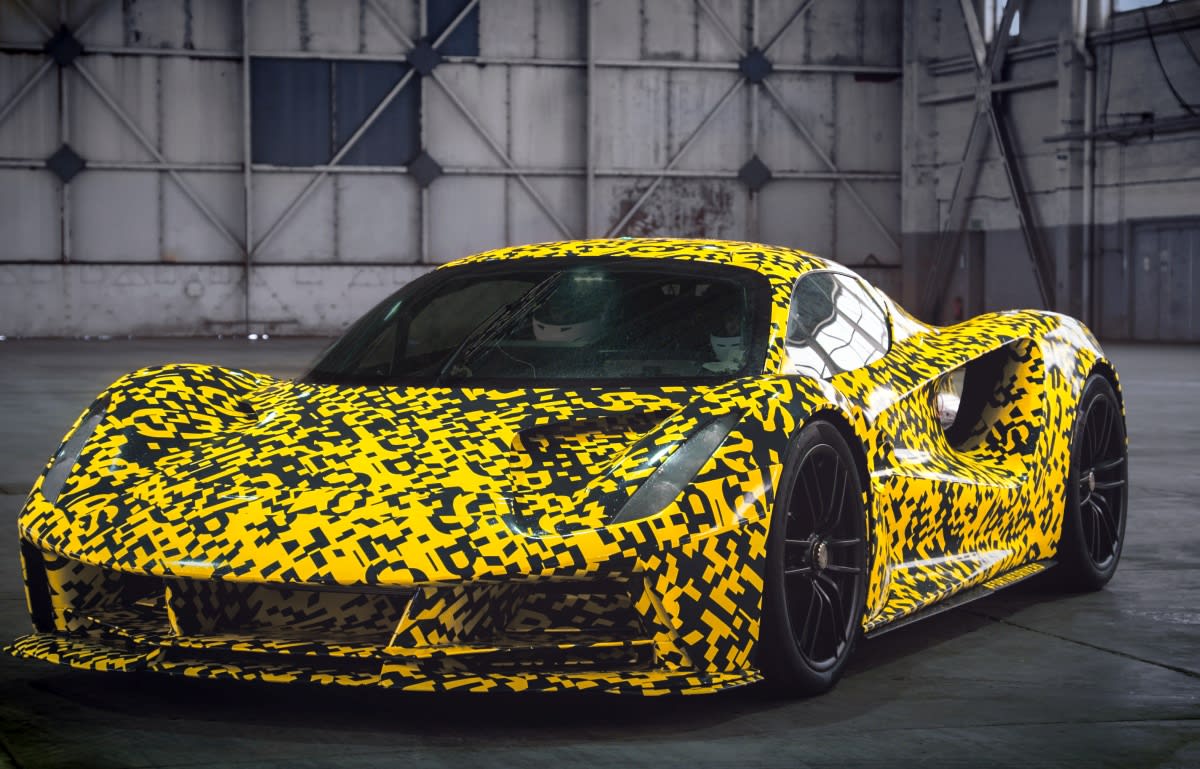 With just minutes to go until Tesla reveals its electric 'Cybertruck,' Lotus has shown off some EV news of its own. We're getting our first good look at its all-electric Evija roadster in "high-speed action" ahead of its China debut at the Guangzhou...
With just minutes to go until Tesla reveals its electric 'Cybertruck,' Lotus has shown off some EV news of its own. We're getting our first good look at its all-electric Evija roadster in "high-speed action" ahead of its China debut at the Guangzhou...
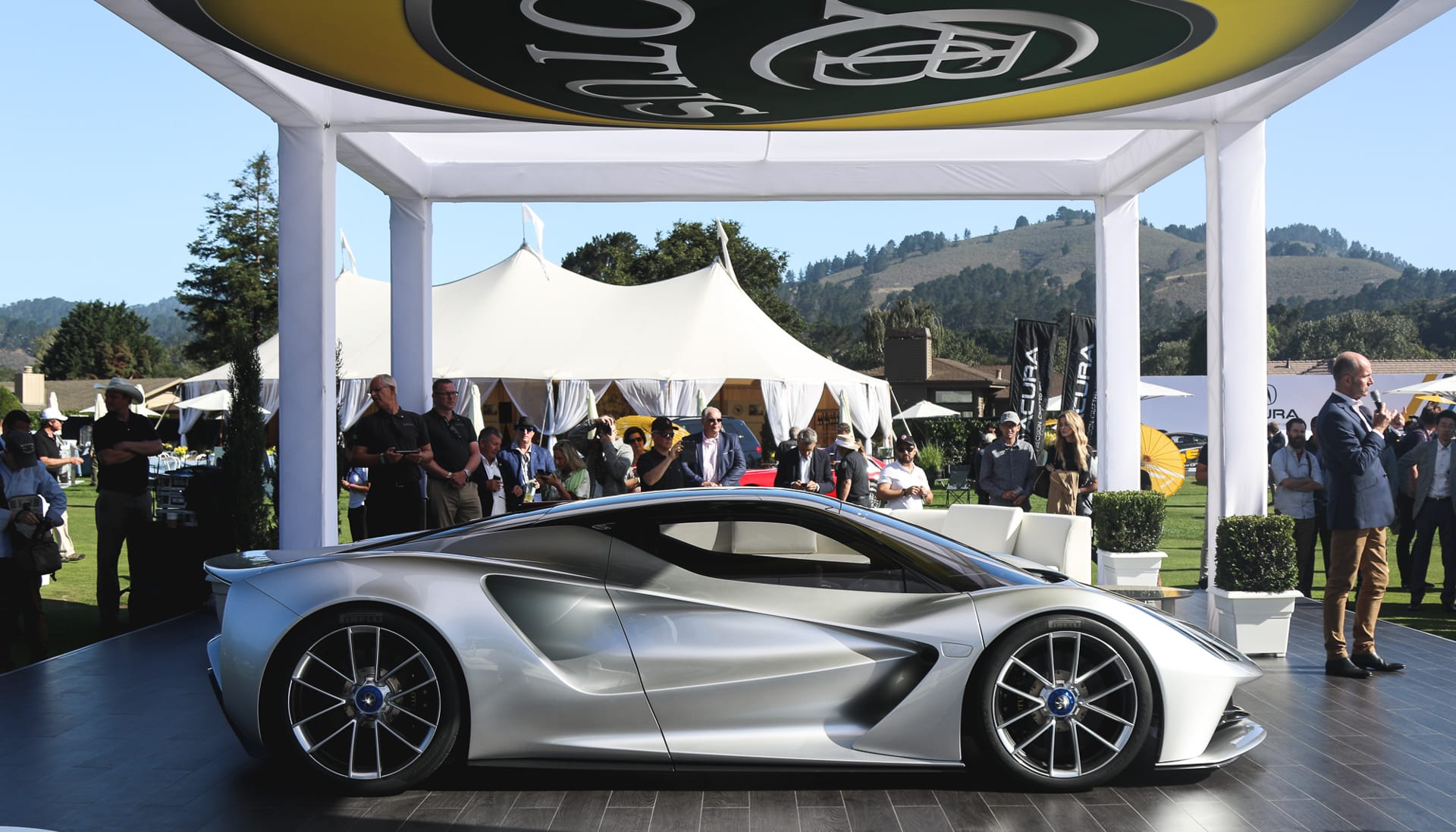 Lotus is known for its light, nimble and fast cars. But it's been a few years since they introduced an updated vehicle. 2017, to be exact (with the Evora). But Lotus is back with a solid investment, the Evija electric supercar, and a plan to deliver...
Lotus is known for its light, nimble and fast cars. But it's been a few years since they introduced an updated vehicle. 2017, to be exact (with the Evora). But Lotus is back with a solid investment, the Evija electric supercar, and a plan to deliver...
















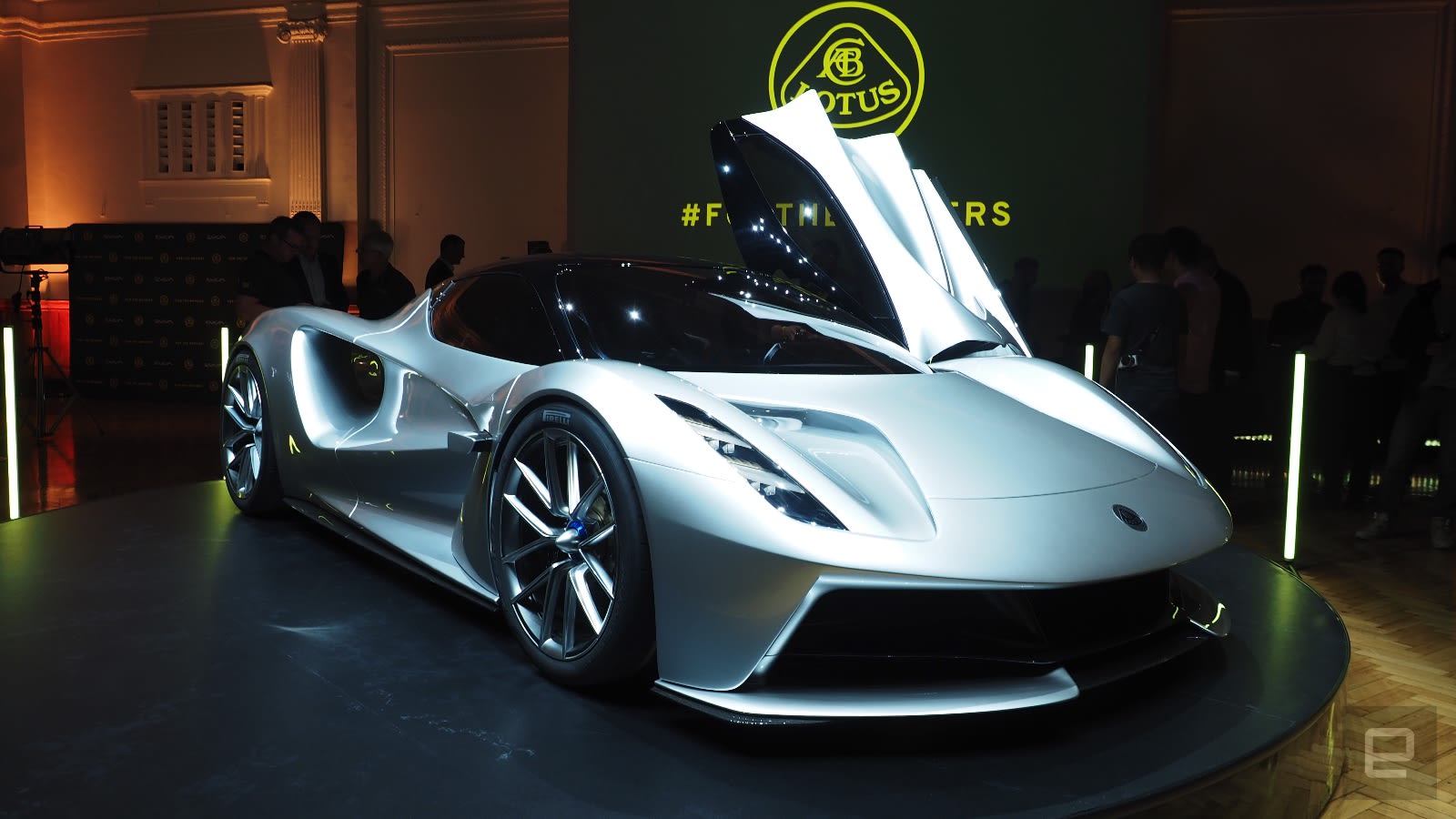 Lotus decided to make its latest hypercar not only all-electric but also incredibly powerful. The Evija is the company's first car with an electrified powertrain, which translates into a disgusting amount of power (2,000 PS or roughly 1973 in horsepo...
Lotus decided to make its latest hypercar not only all-electric but also incredibly powerful. The Evija is the company's first car with an electrified powertrain, which translates into a disgusting amount of power (2,000 PS or roughly 1973 in horsepo...
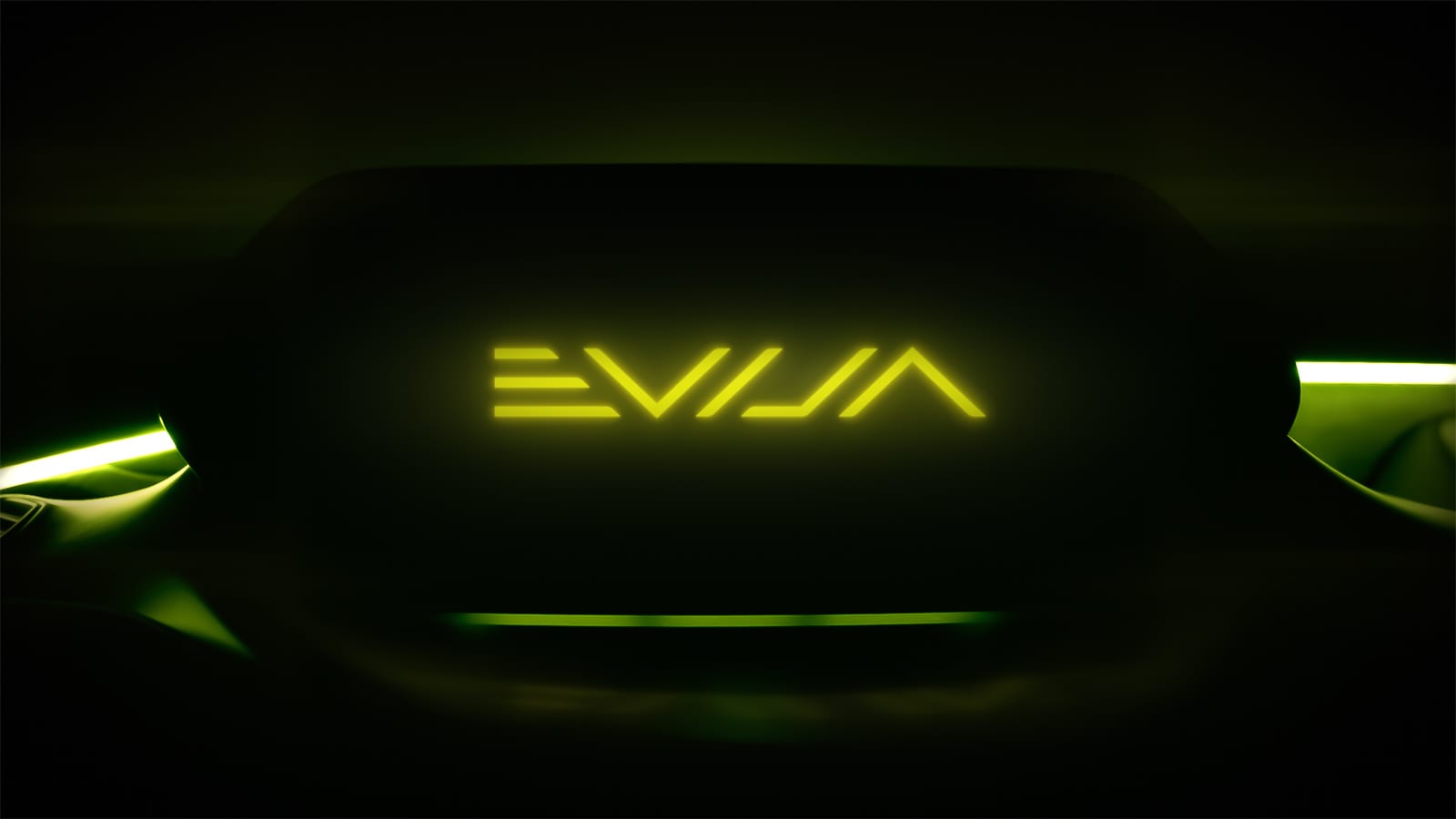 No, Lotus isn't ready to spill the beans on its Type 130 electric hypercar. It is, however, ready to give the car a name: meet the Evija (pronounced "ev-eye-a"). While the company's choice of name is a bit strained -- it means "the first in existen...
No, Lotus isn't ready to spill the beans on its Type 130 electric hypercar. It is, however, ready to give the car a name: meet the Evija (pronounced "ev-eye-a"). While the company's choice of name is a bit strained -- it means "the first in existen...
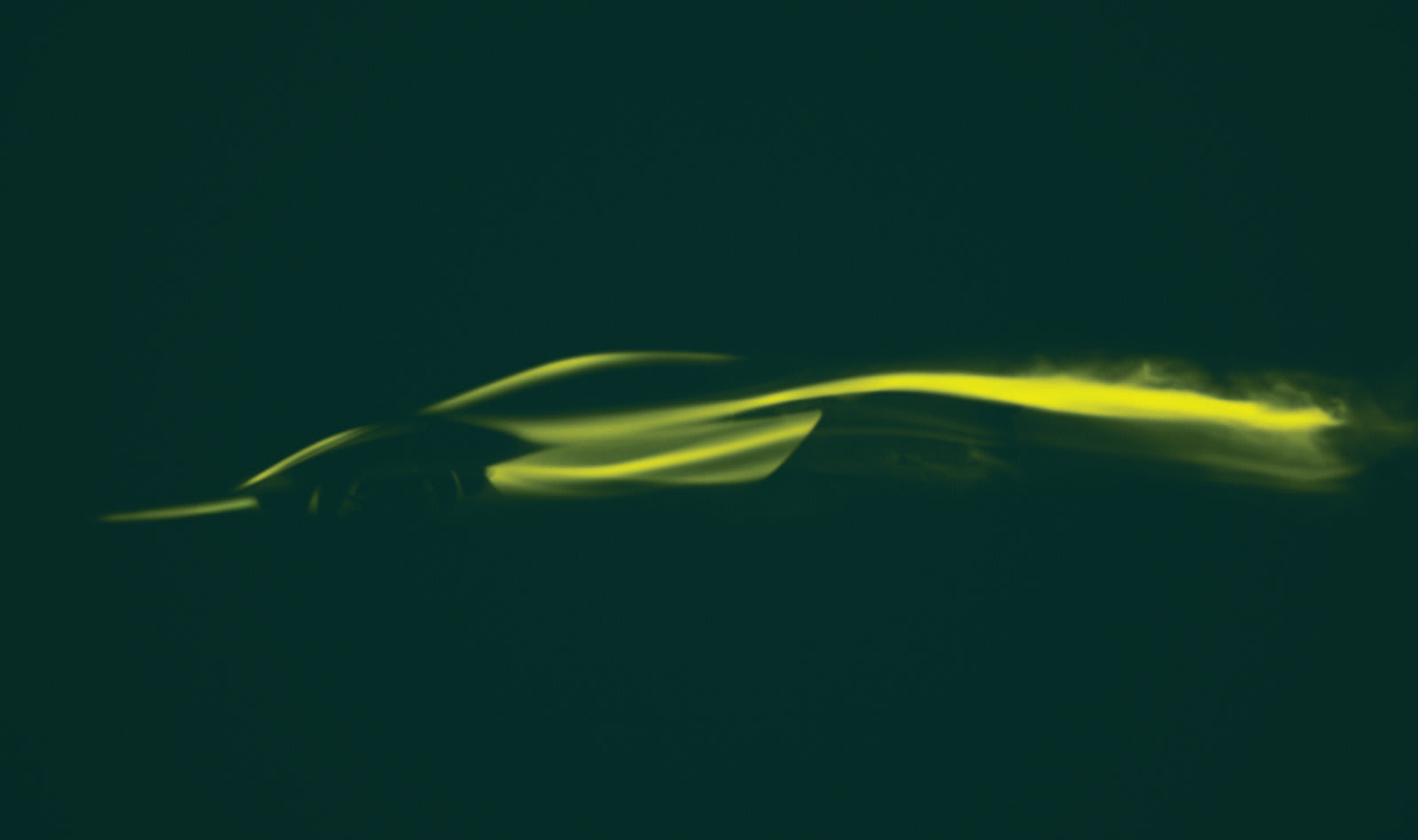 At the 2019 Shanghai Auto Show, Lotus has teased its first new production car in 11 years, the Type 130. The EV is now in advanced development stages and will be the "world's first full electric British hypercar," Lotus said. "Type 130 will be the mo...
At the 2019 Shanghai Auto Show, Lotus has teased its first new production car in 11 years, the Type 130. The EV is now in advanced development stages and will be the "world's first full electric British hypercar," Lotus said. "Type 130 will be the mo...
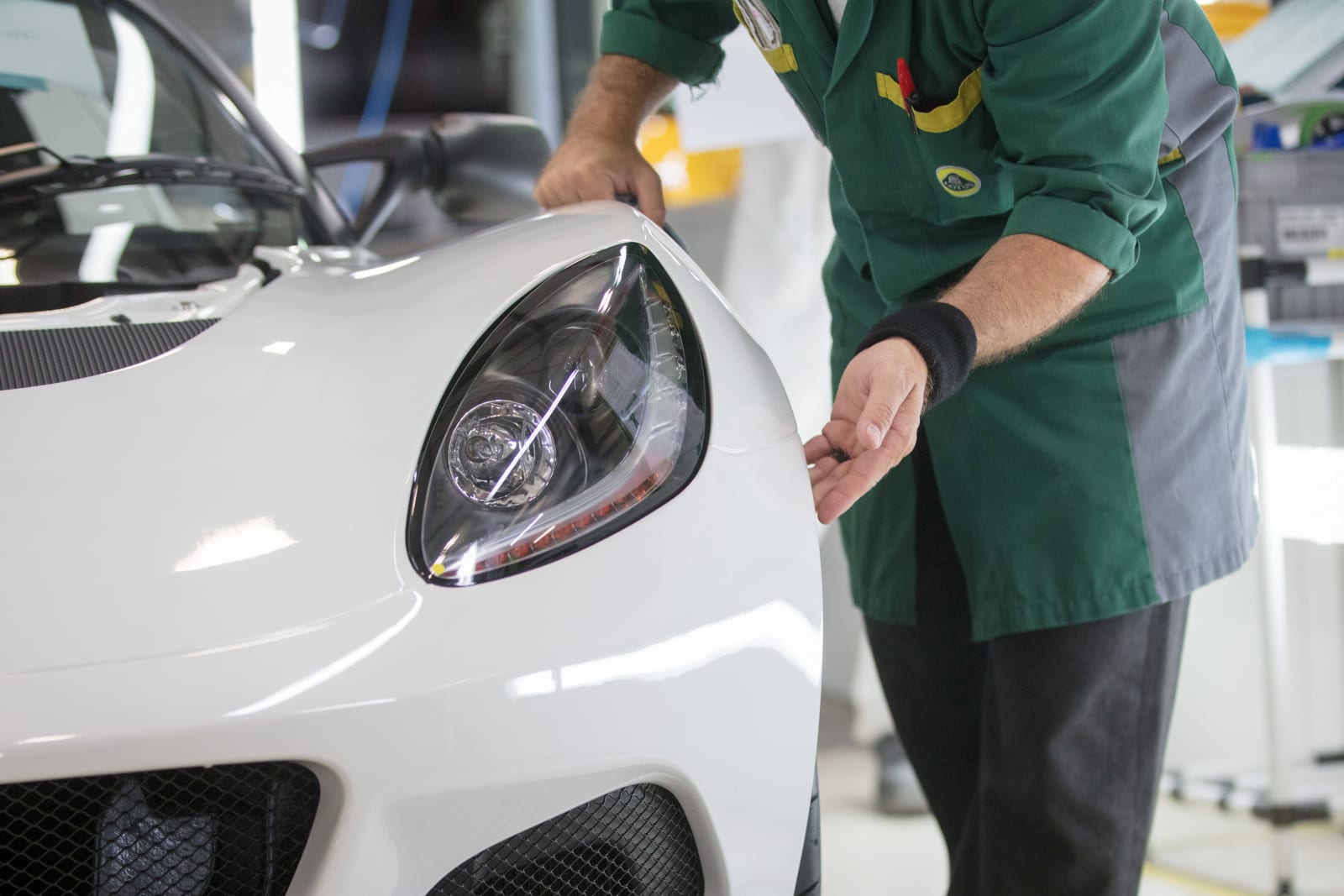 Lotus won't be the first British car manufacturer to go electric, but it might make waves when it does. Autocar sources claim Lotus' first EV will be a 1,000BHP (about 1,013HP) hypercar costing about £2 million, or roughly $2.5 million. It'd...
Lotus won't be the first British car manufacturer to go electric, but it might make waves when it does. Autocar sources claim Lotus' first EV will be a 1,000BHP (about 1,013HP) hypercar costing about £2 million, or roughly $2.5 million. It'd...